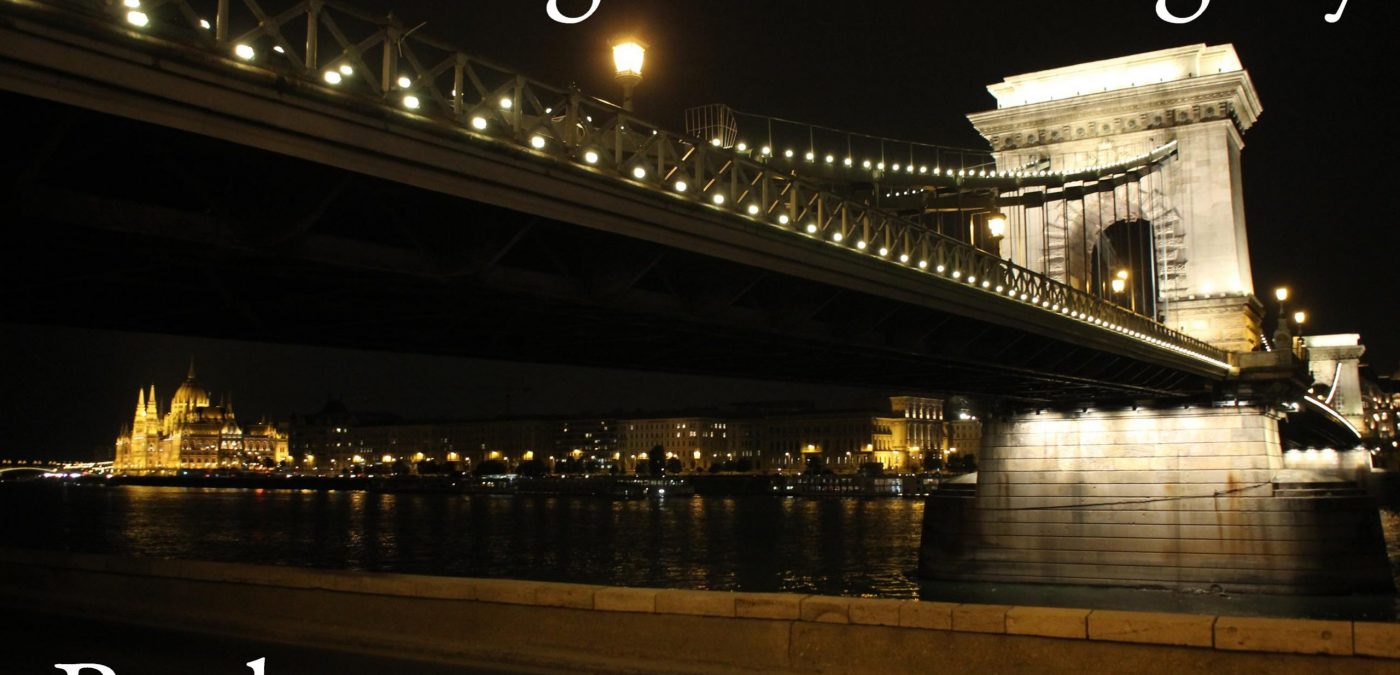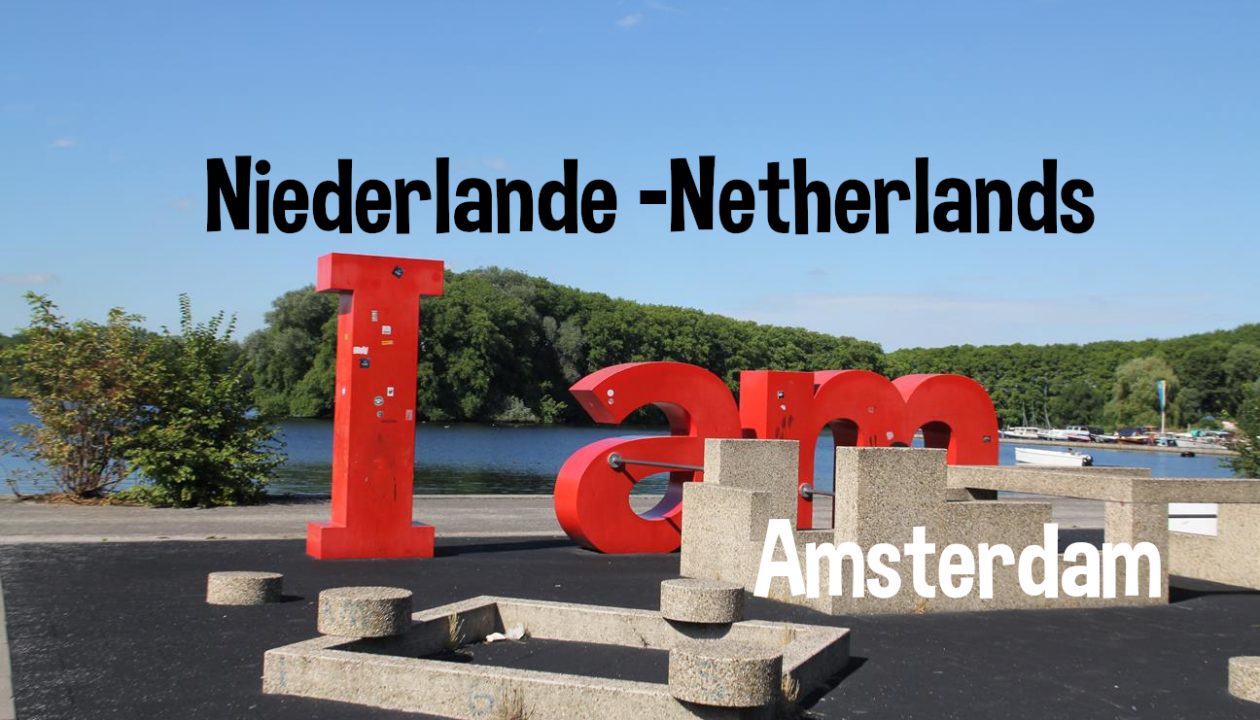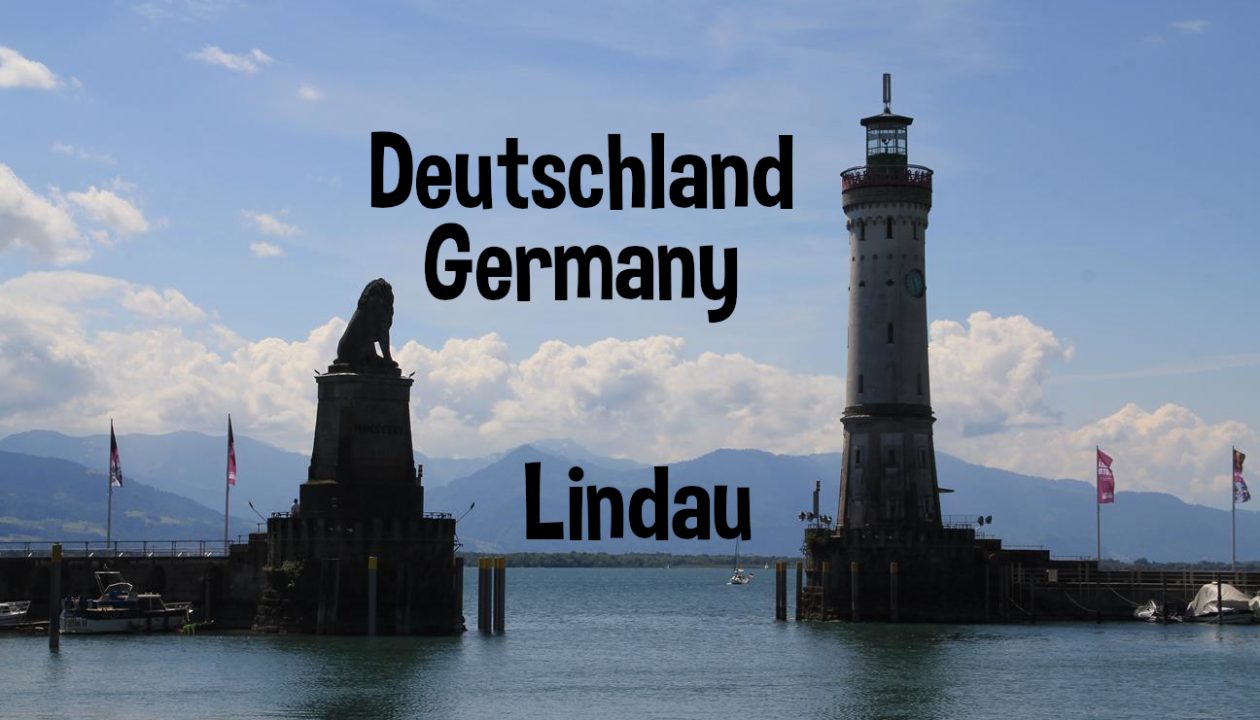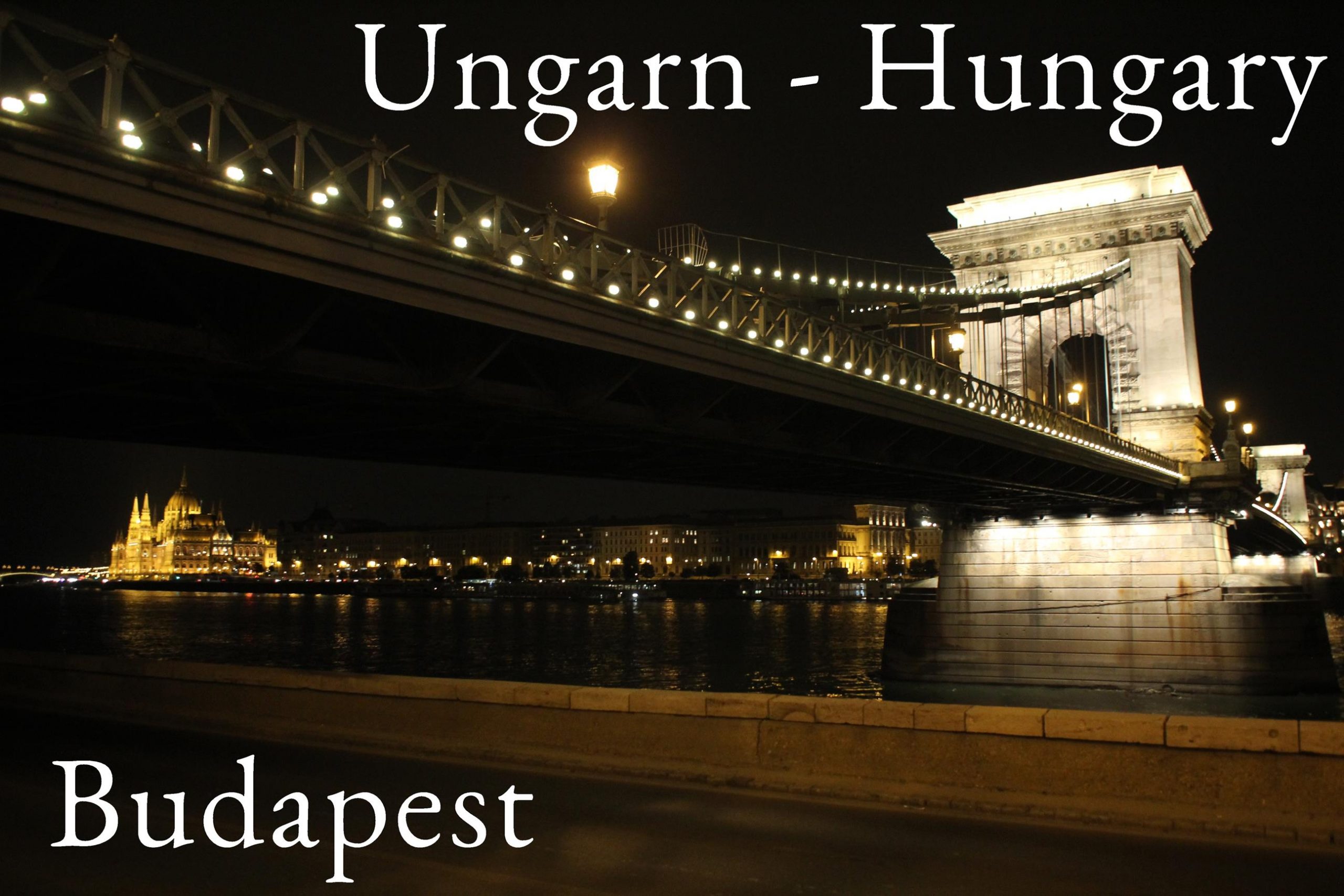
Ungarn – Budapest
26. October 2018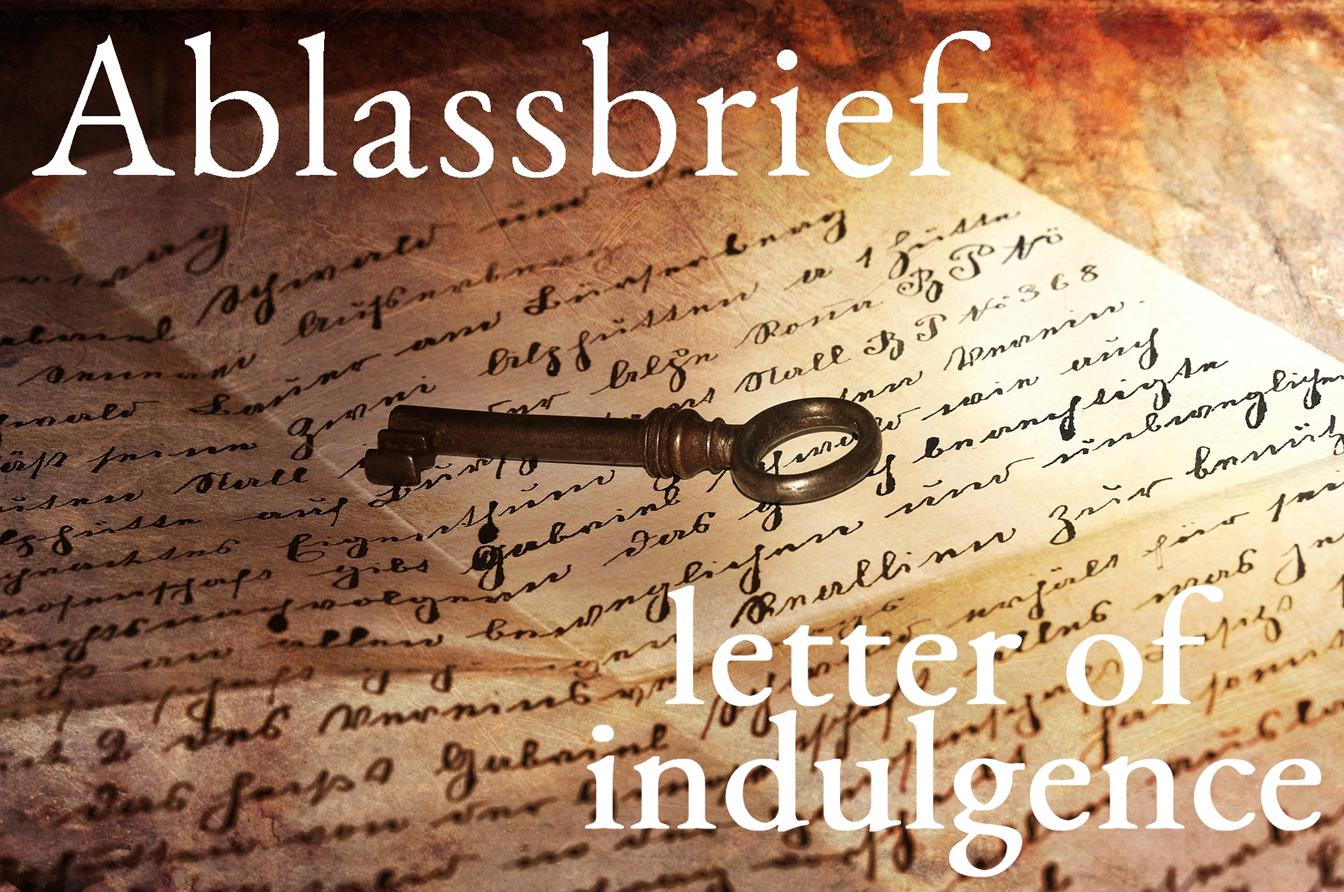
Ablassbrief
1. June 2019Buda and Pest
After visiting my family in Romania, Tes and I spent a few days in Hungary’s capital Budapest. The 1.7 million metropolis formerly consisted of two cities, located west and east of the Danube river. One was called Buda, the other Pest. The largest spa town in Europe is, among other things, famous for its bathhouses and thermal springs.
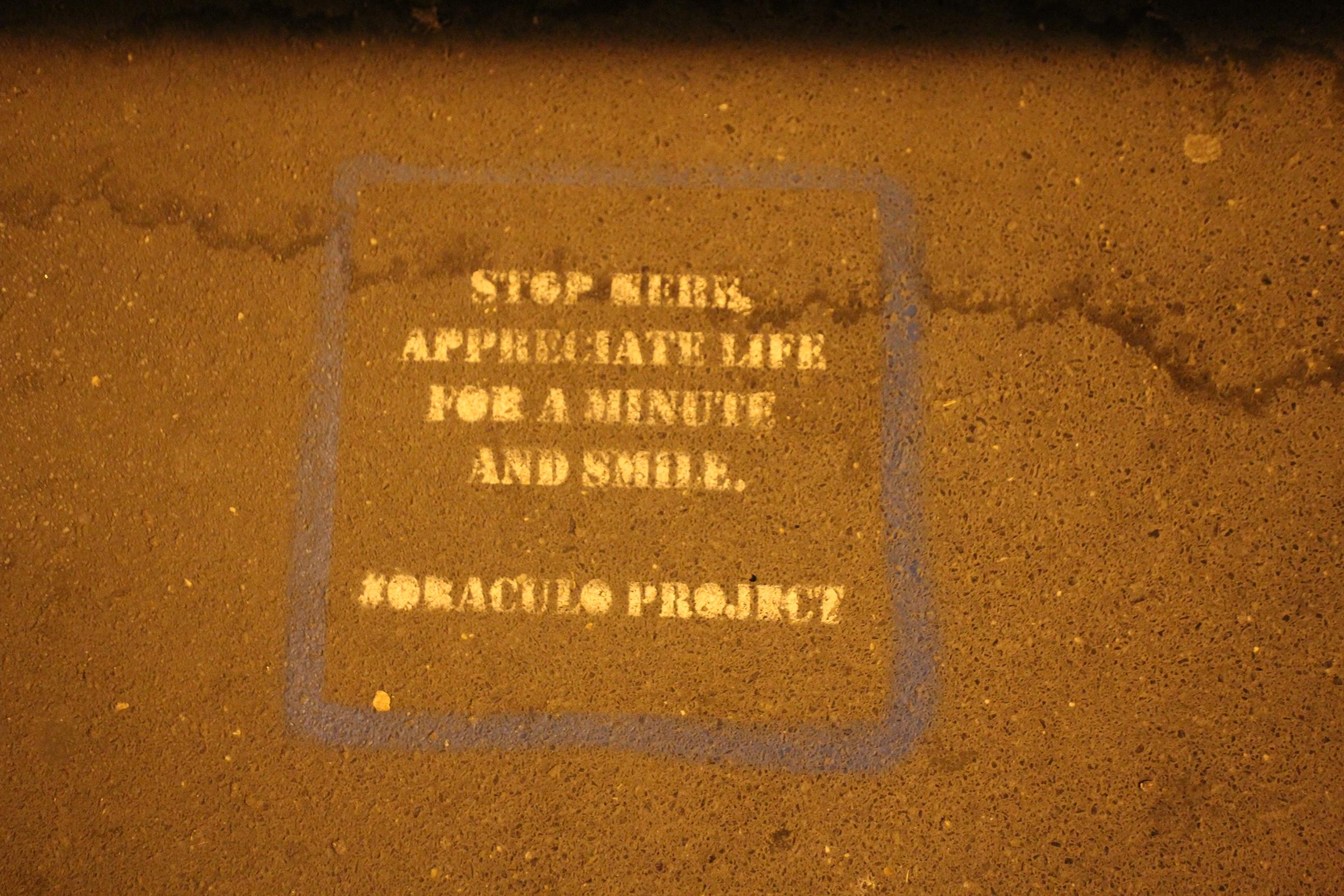
Incidentally, in a geotectonic view, the city lies on a fracture point of the earth plates. Therefore, the city (especially Buda) is rich in hot springs, which were already used by the Romans in the second century. In total, there are over 120 hot springs and the water is used in 21 baths. We spent our time exploring the city center and checking out the numerous historic buildings. Especially at night the illuminated architecture impresses.
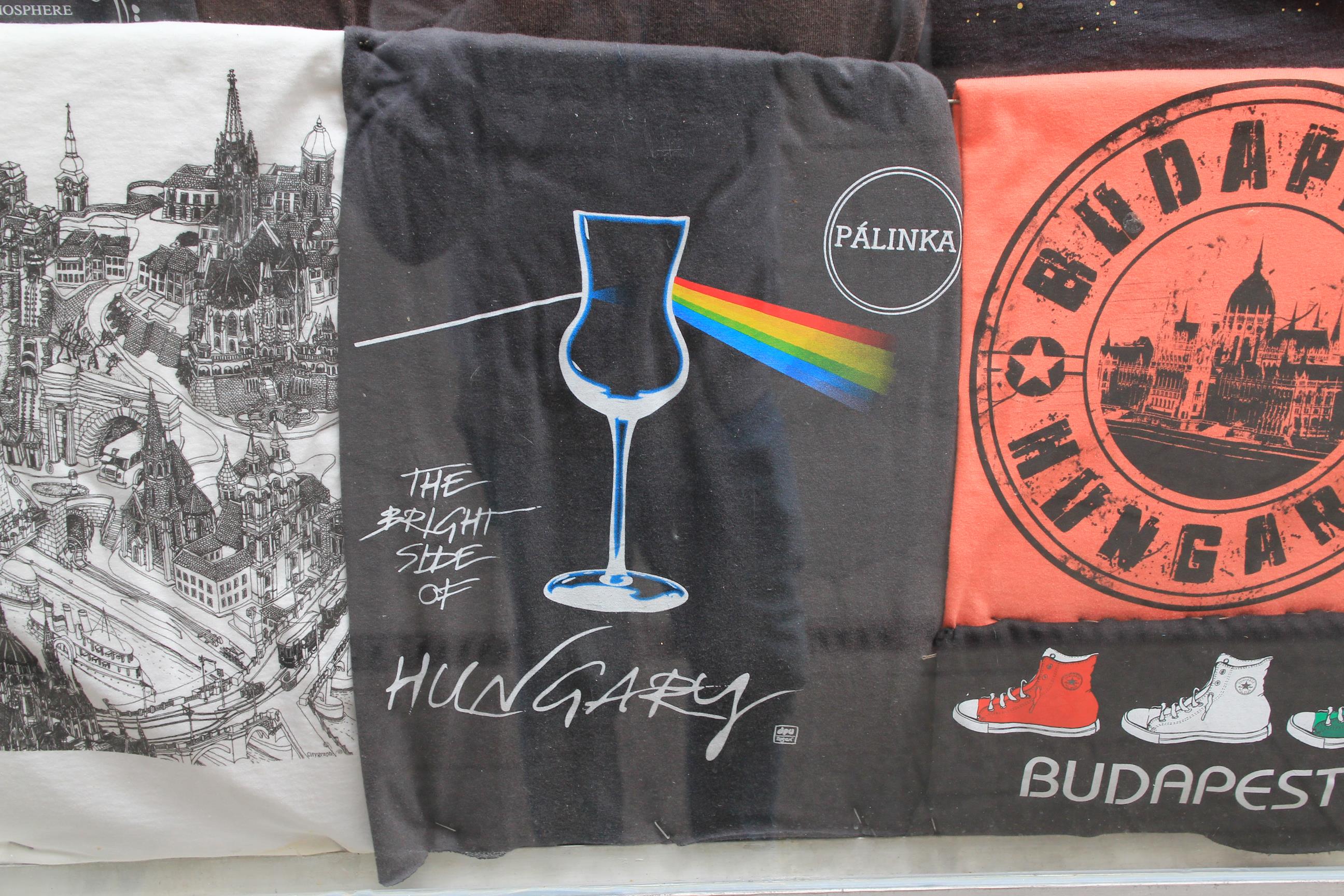
The Hungarian Parliament
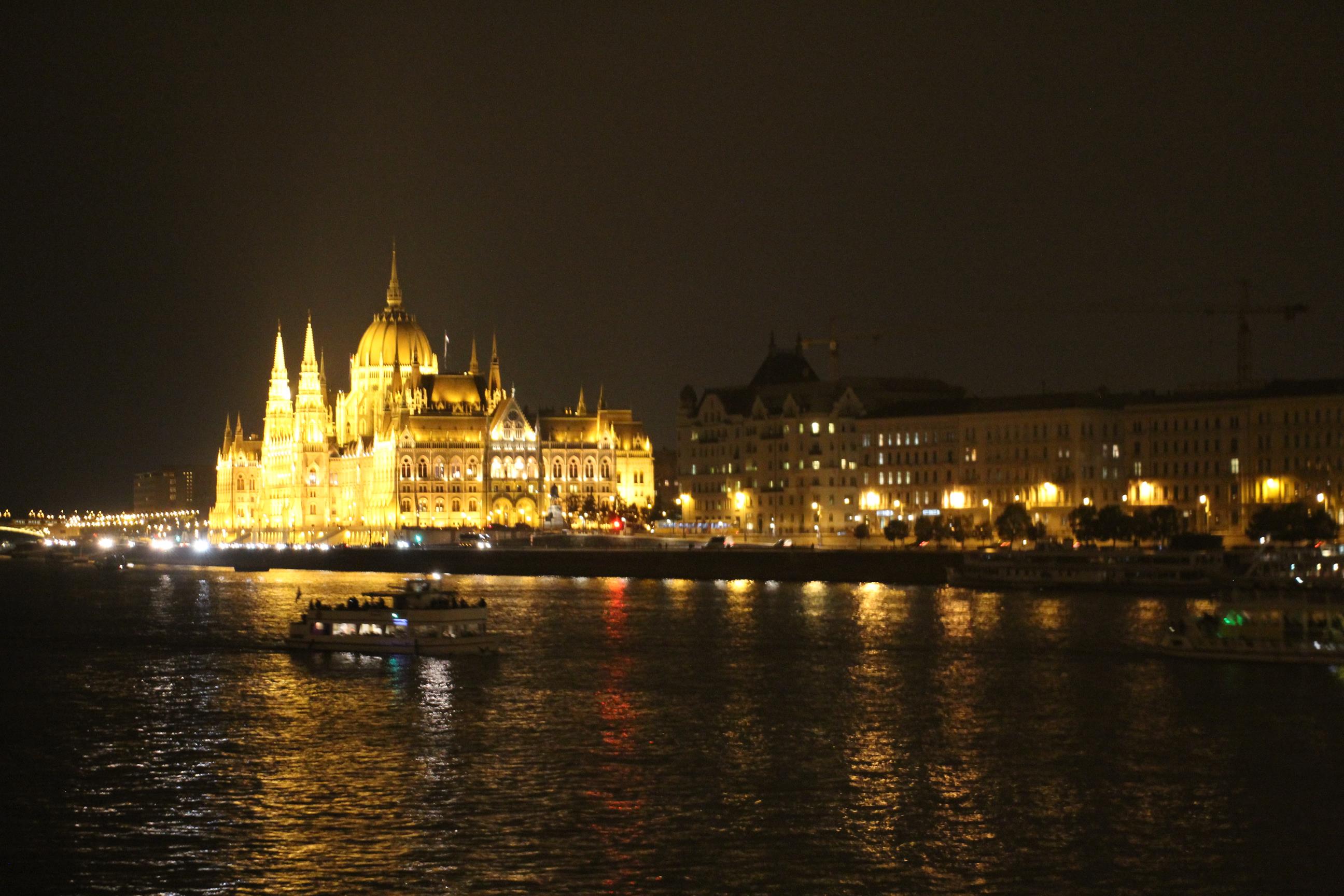
Altogether, the Hungarian parliament took 19 years (1885 – 1904) to built. The building is one of the largest in the world and has a length of 268 meters. It houses 10 courtyards, 13 elevators, 27 entrances, 29 staircases and 691 rooms. The outer walls are decorated by 365 turrets, which are hardly noticeable in the imposing structure. At night, the building is bathed in light and offers one of the most beautiful photo opportunities in Budapest. A Hungarian proverb says, that the British Parliament may be bigger than the one in Budapest, but the Hungarian Parliament is the most beautiful in Europe.
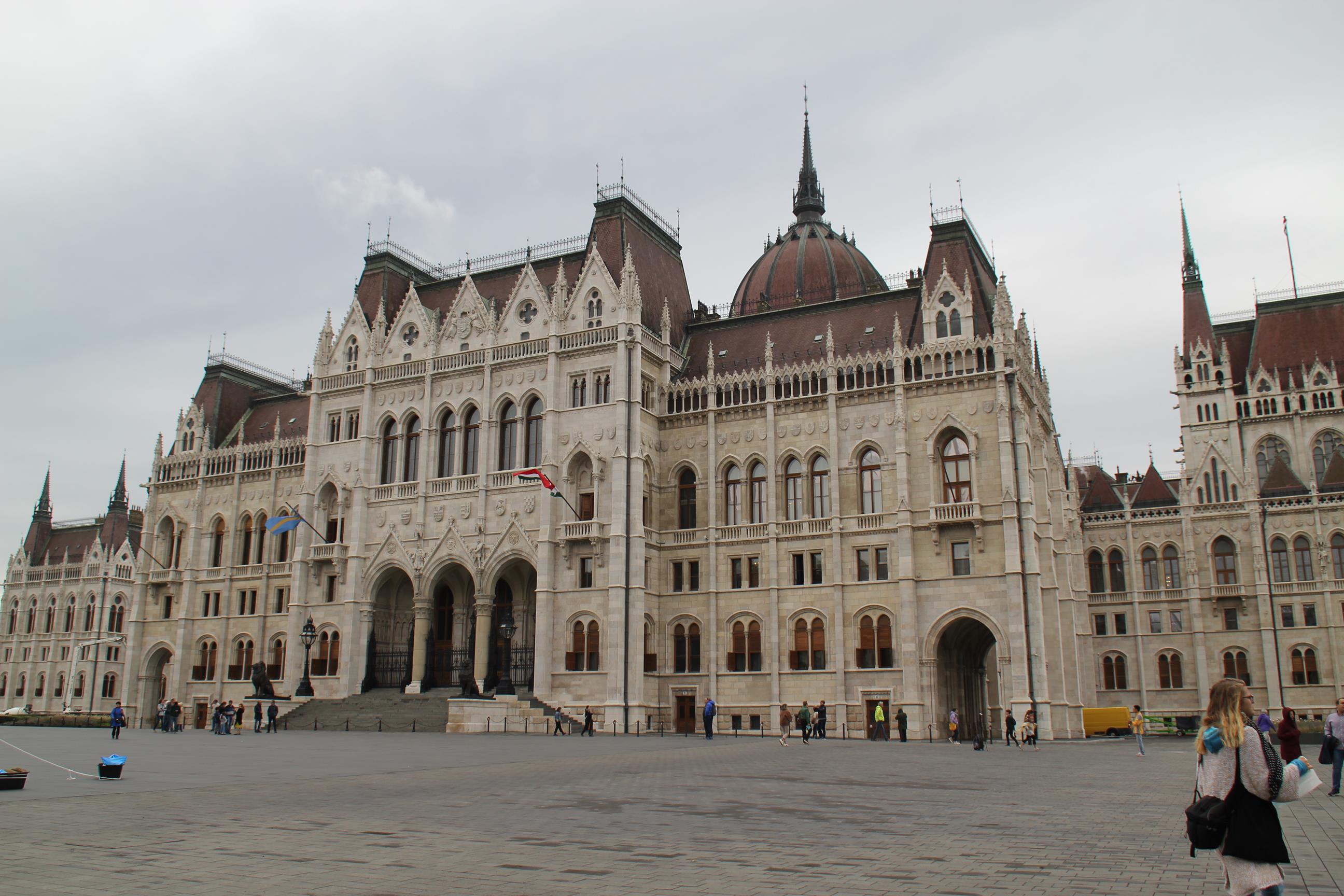
The Parliament from the Fishermen’s Bastion
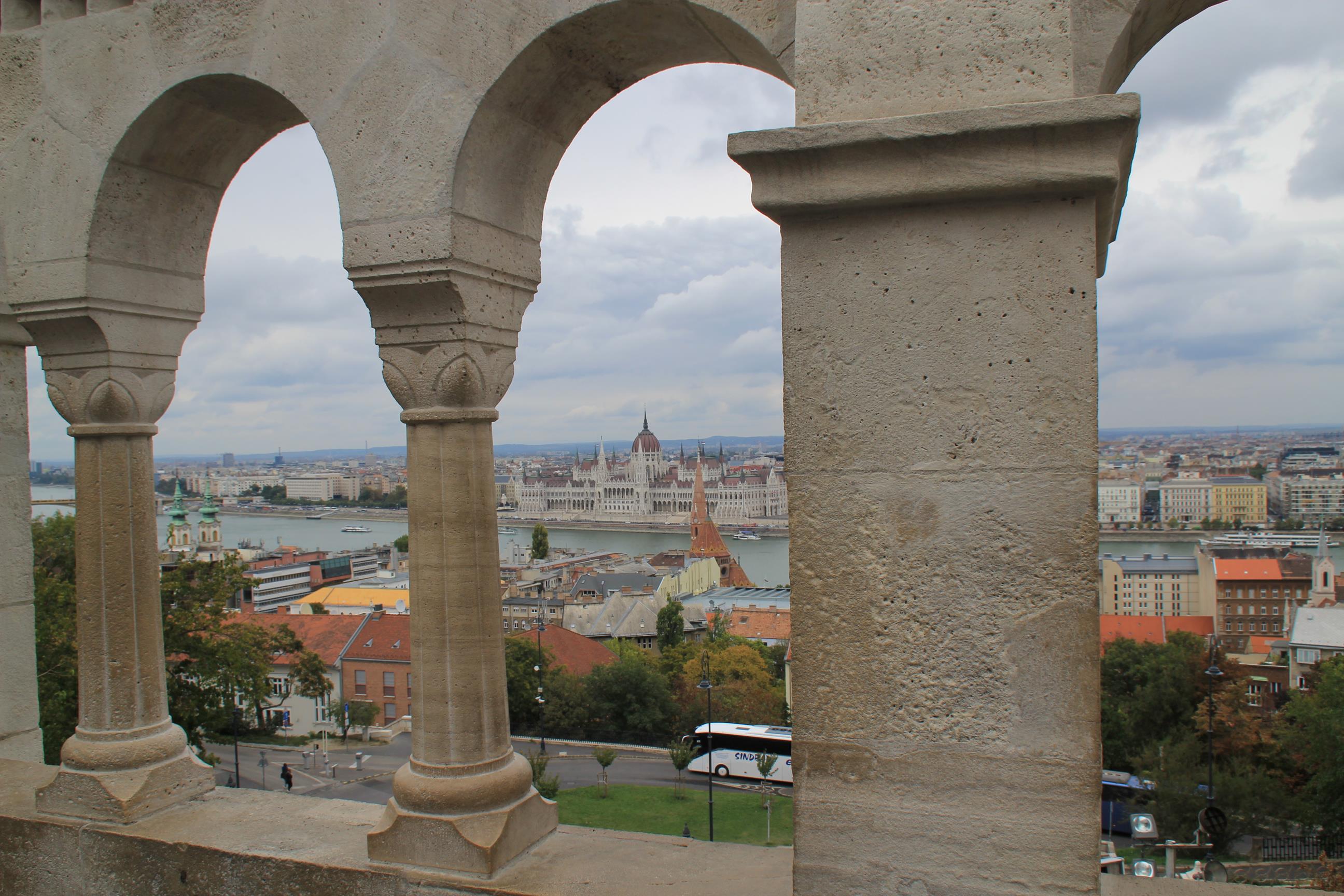
Unfortunately, we did not take the time to do a tour in the Parliament. By the way: The entrance fee is divided into EU and non-EU citizens. The former pays 2400 HUF (8 Euro), the second 6000 Forint.
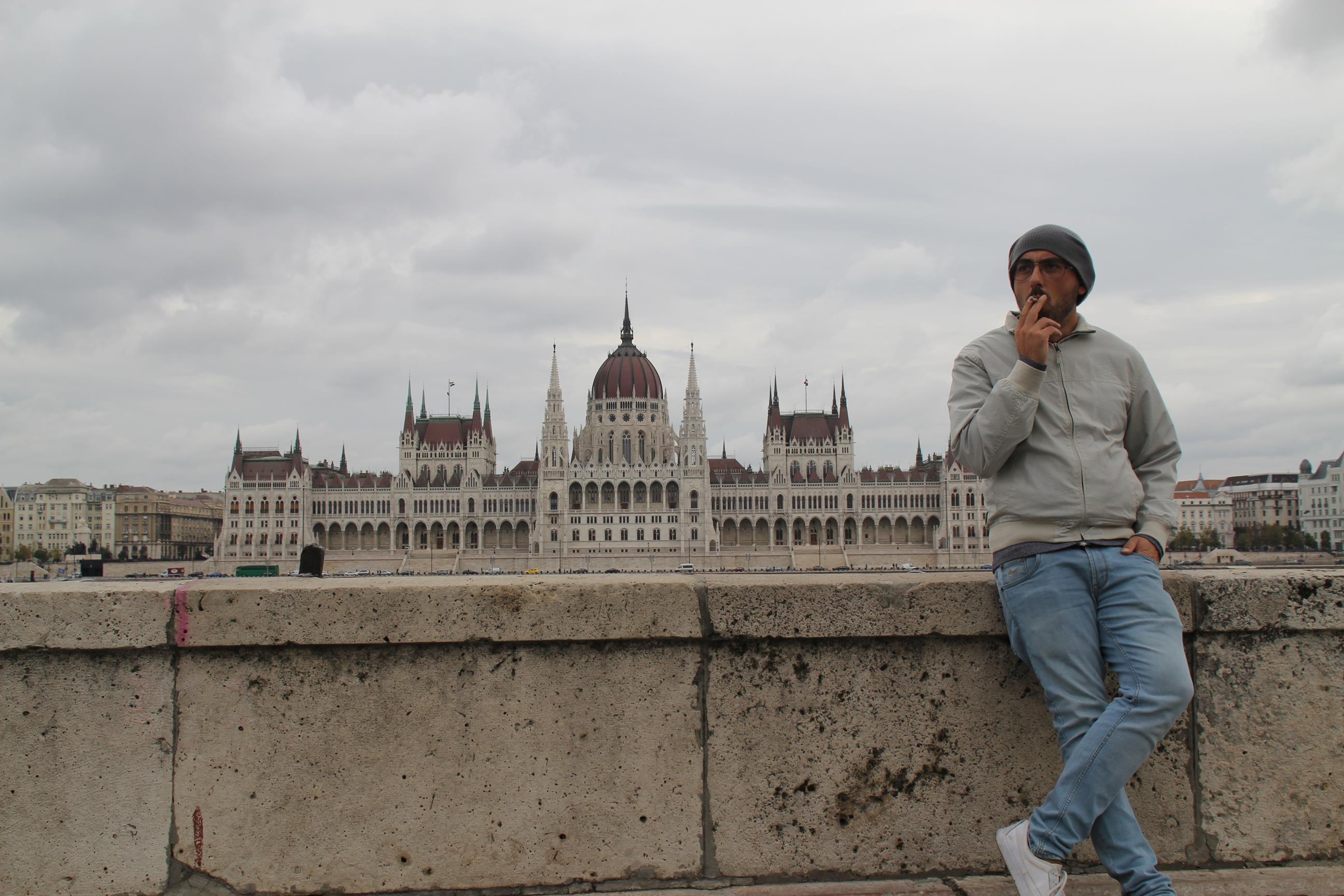
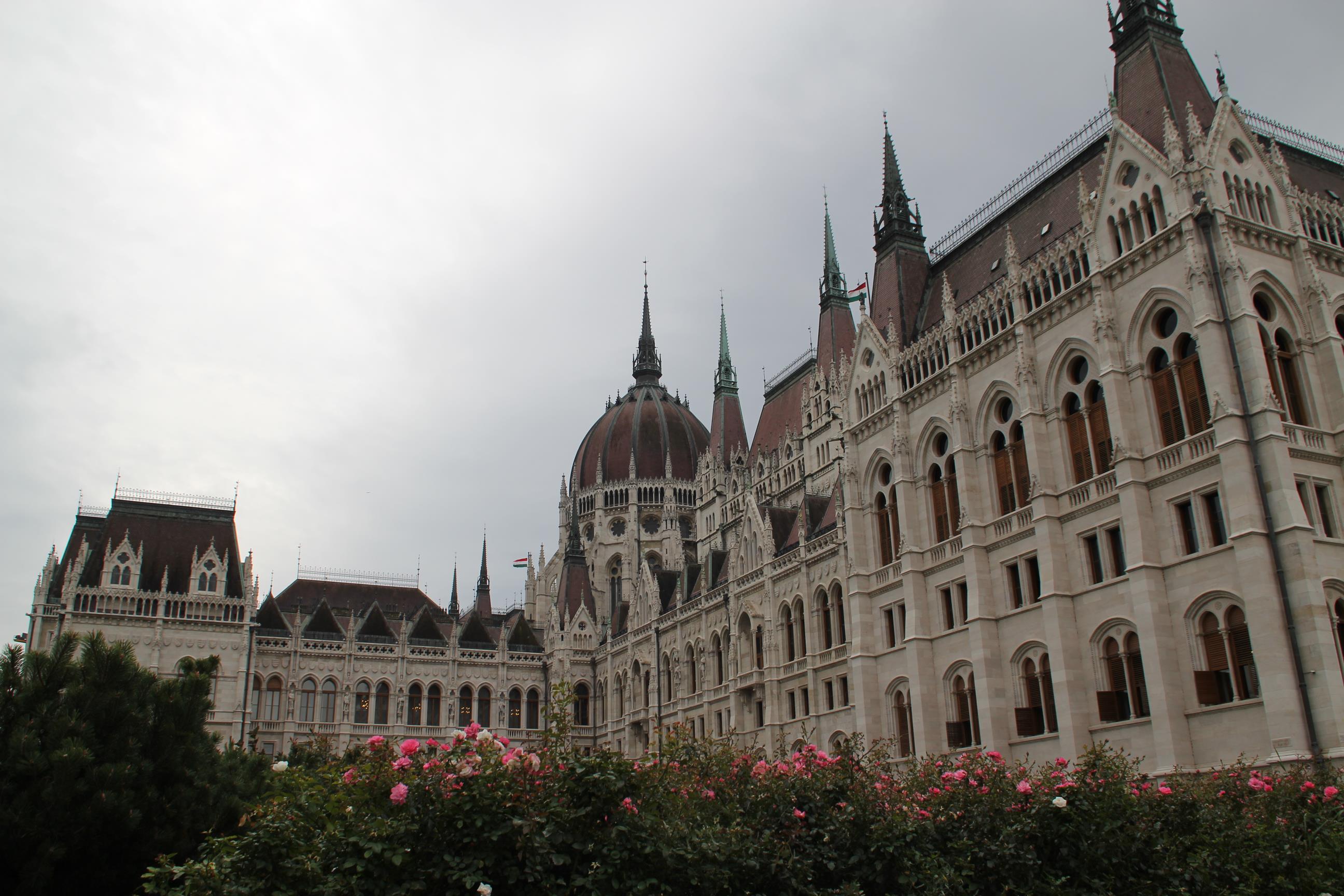
Other sights
St. Stephen’s Basilica
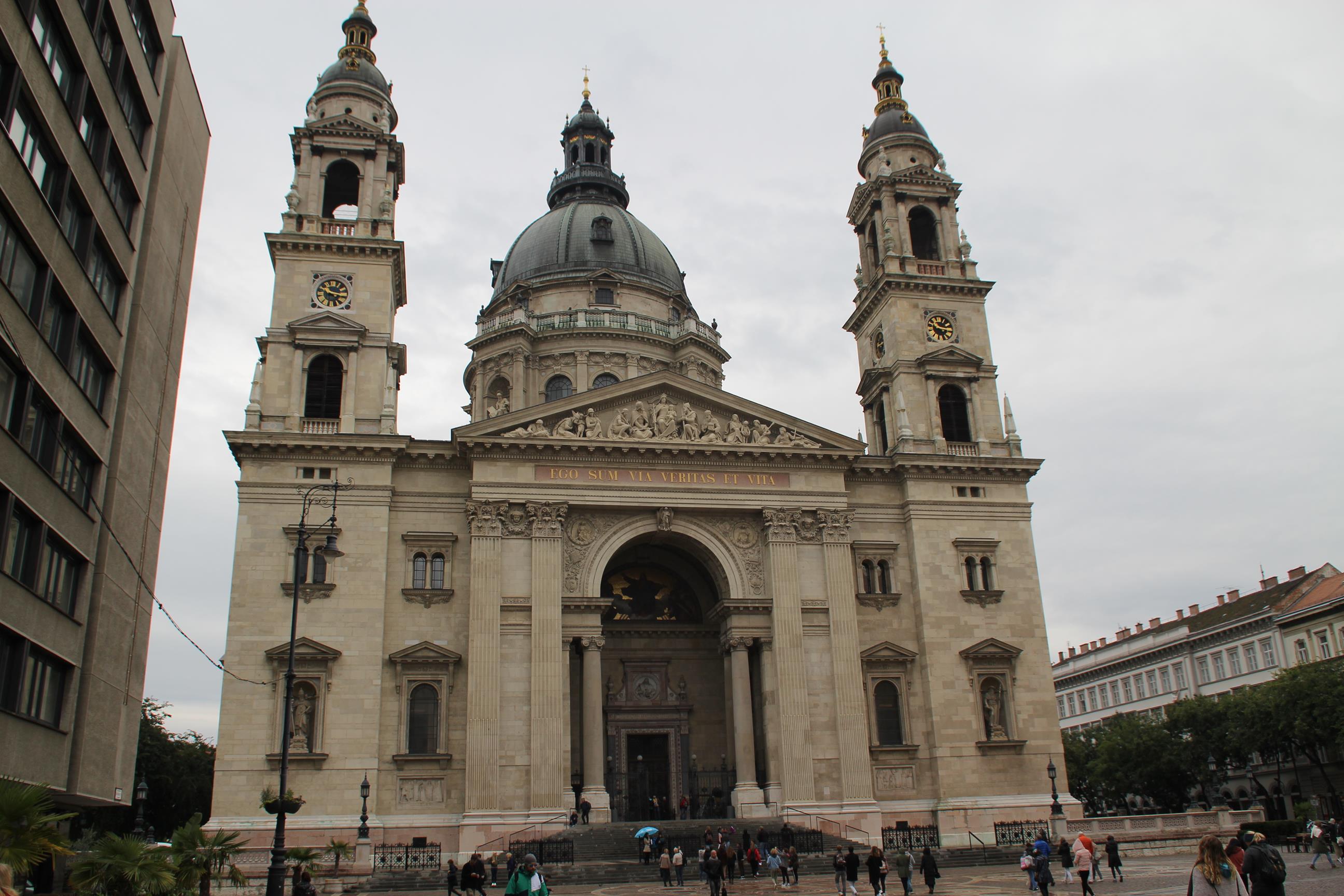
The city has a lot to offer for architecture enthusiasts. In the city center alone, there is the Parliament, the Fisherman’s Bastion, the St. Stephen’s Basilica and the Chain Bridge, to only name a few of the popular tourist attractions. People who like to walk do not need a bus ticket for most of the sightseeing. By the way, a single bus ticket costs 450 HUF and should be bought in advance or with the exact (!) amount of money from the bus driver. We were allowed to ride for free this one time.
The Széchenyi Chain Bridge

The Matthias Church

The St. Stephen’s Monument
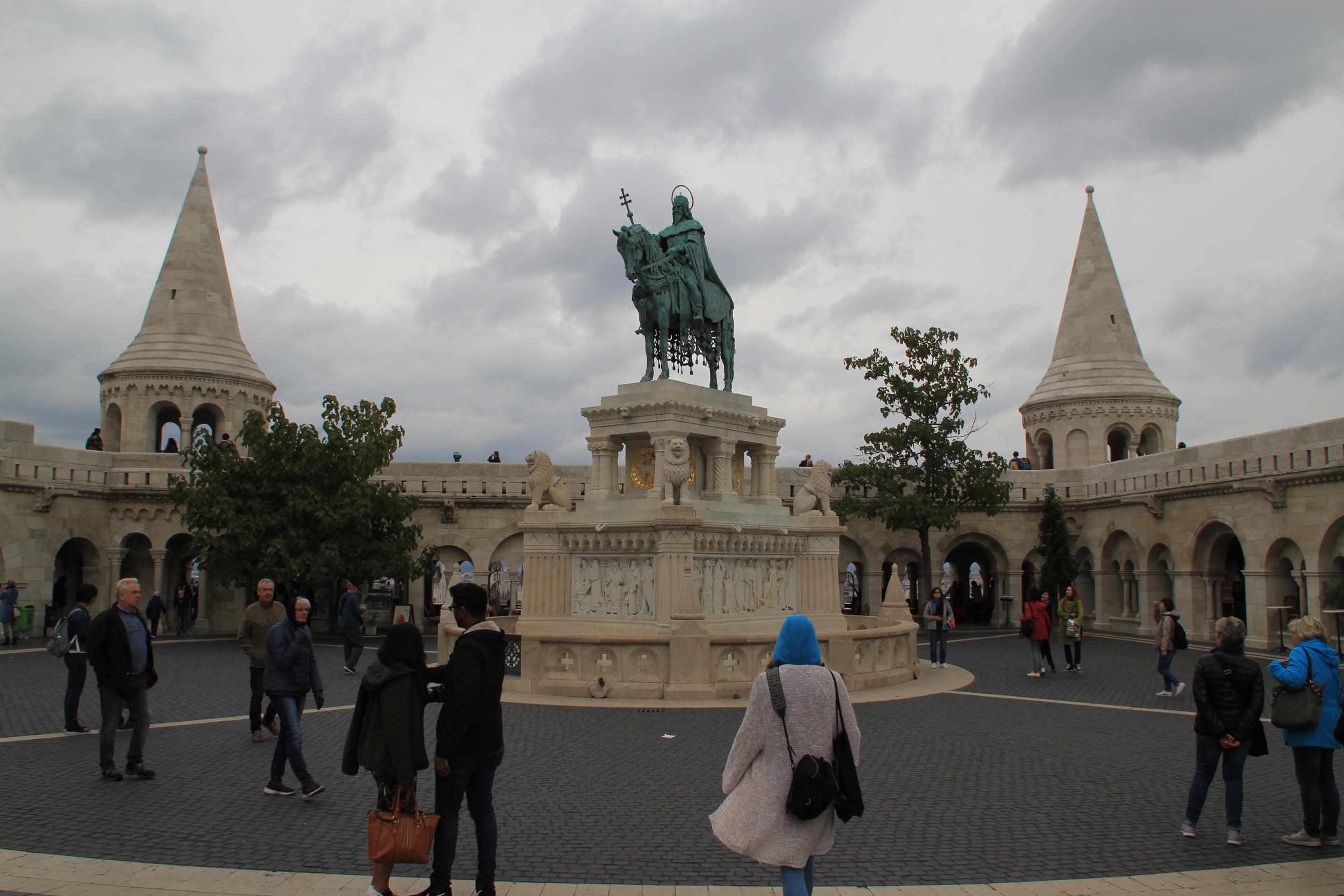
The Fishermen’s Bastion
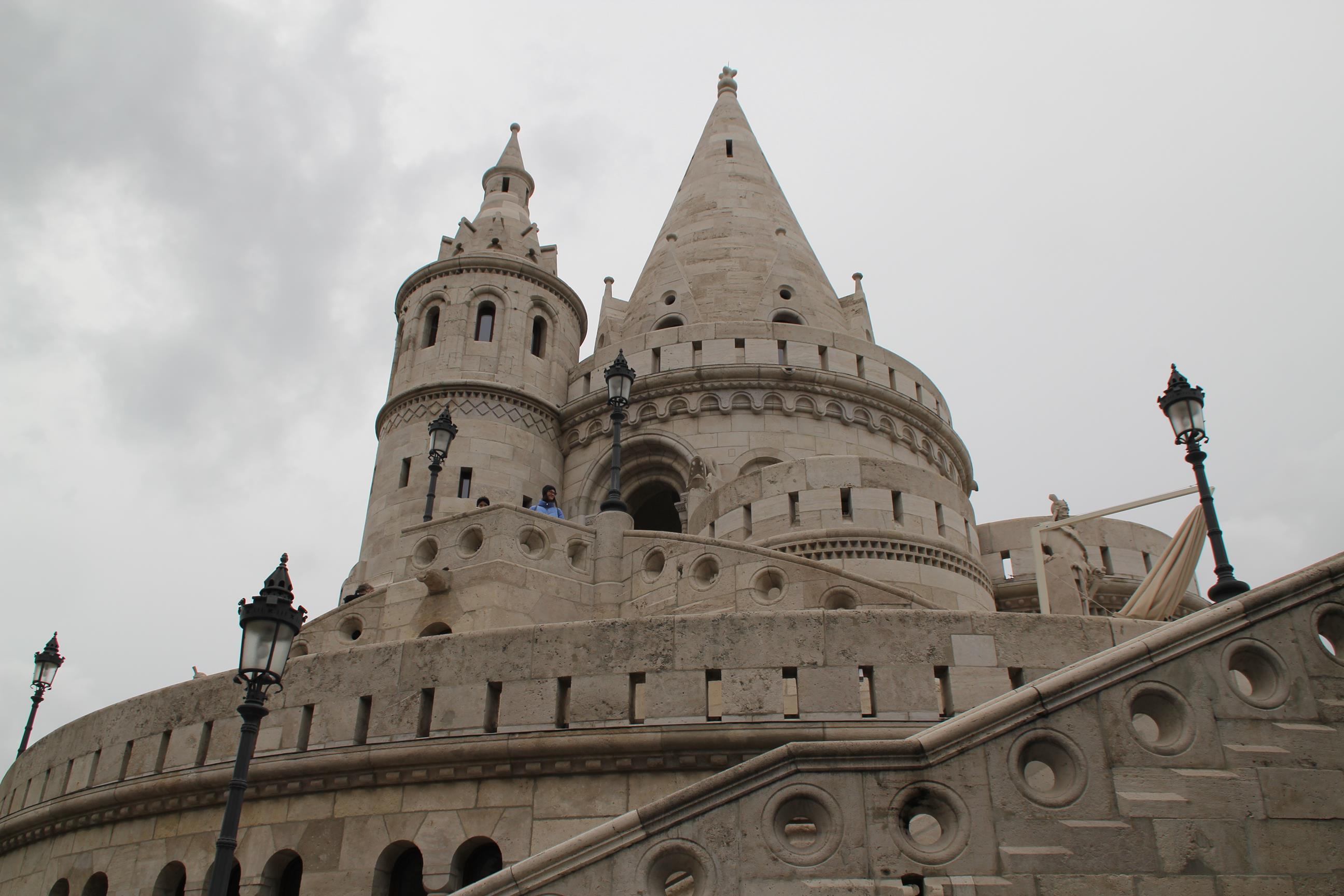
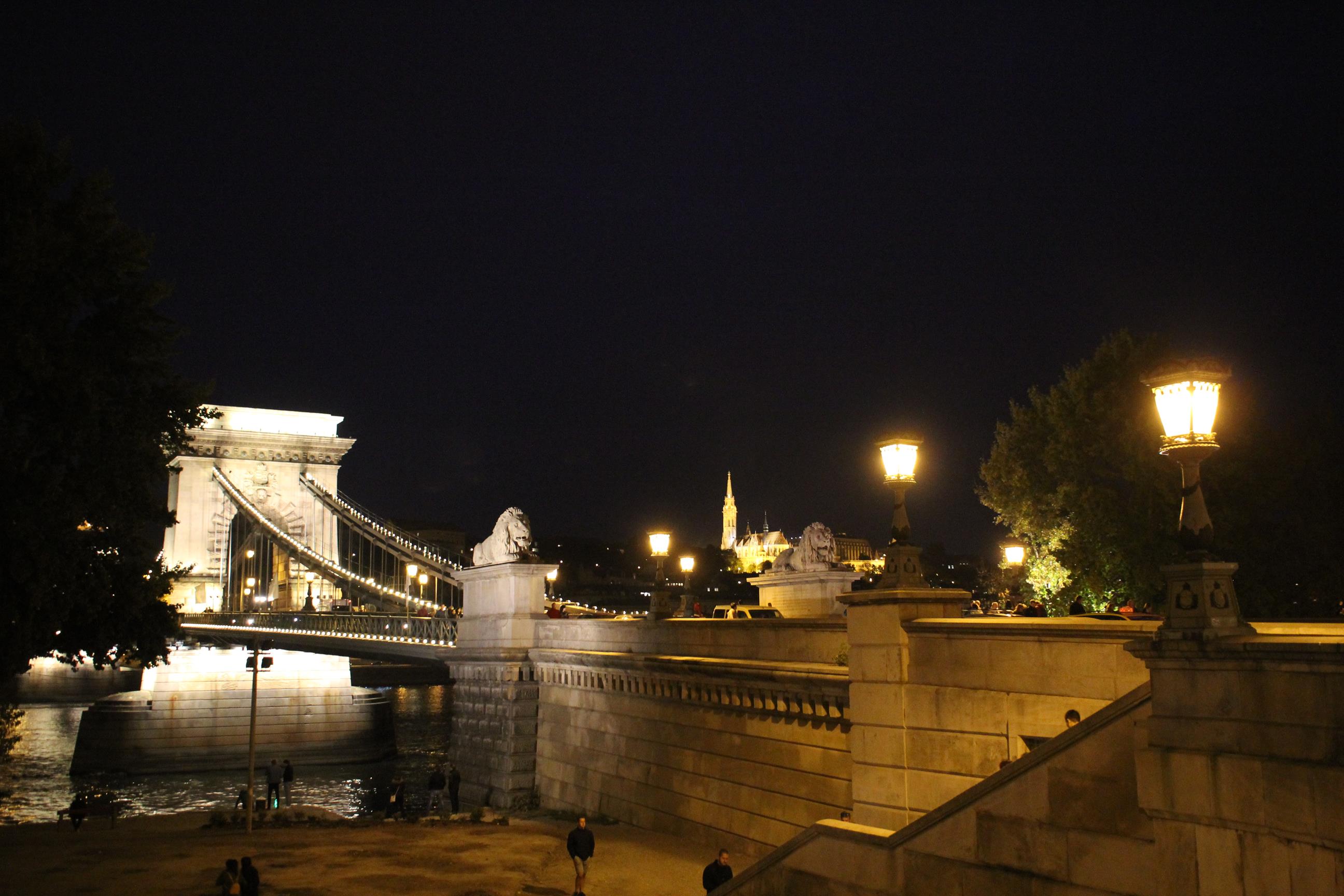
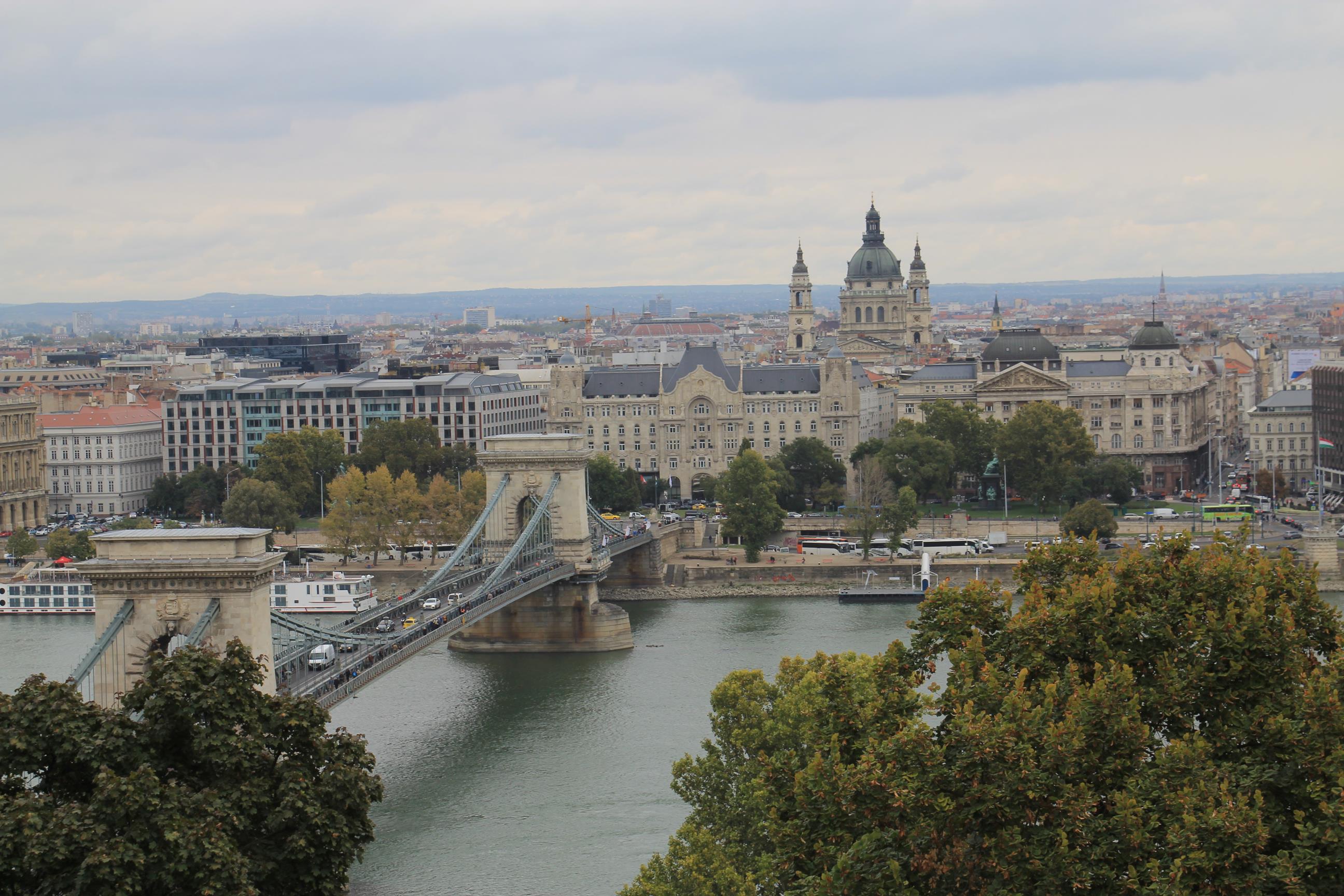
In addition to the attractive buildings, countless statues can be found in Budapest. From the “little princess” to the “fat policeman” and the “shoes by the Danube” to Ronald Reagon and the painter Ignac Roskovics – there are countless monuments in the capital of Hungary. In my opinion, the “Shoes on the banks of the Danube” have the most notable background: During the Second World War, Jews were rounded up and shot there. Around 3000-3500 Jews lost their lives this way. Photos of some of these sculptures can be found below, but there´s none of the 50-60 shoes. I forgot to take a pic.
The Little Princess
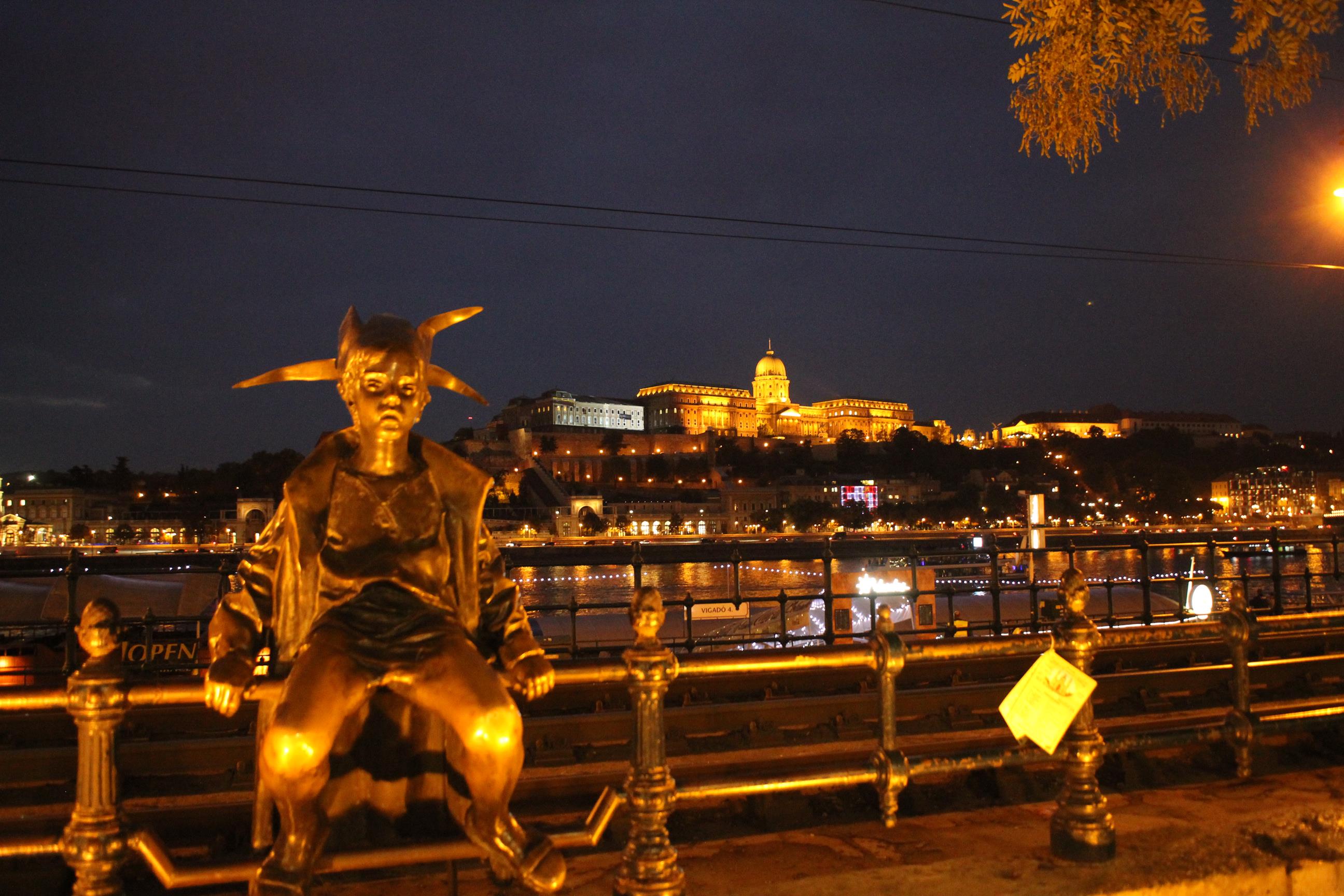
The Roskovics Ignác Monument
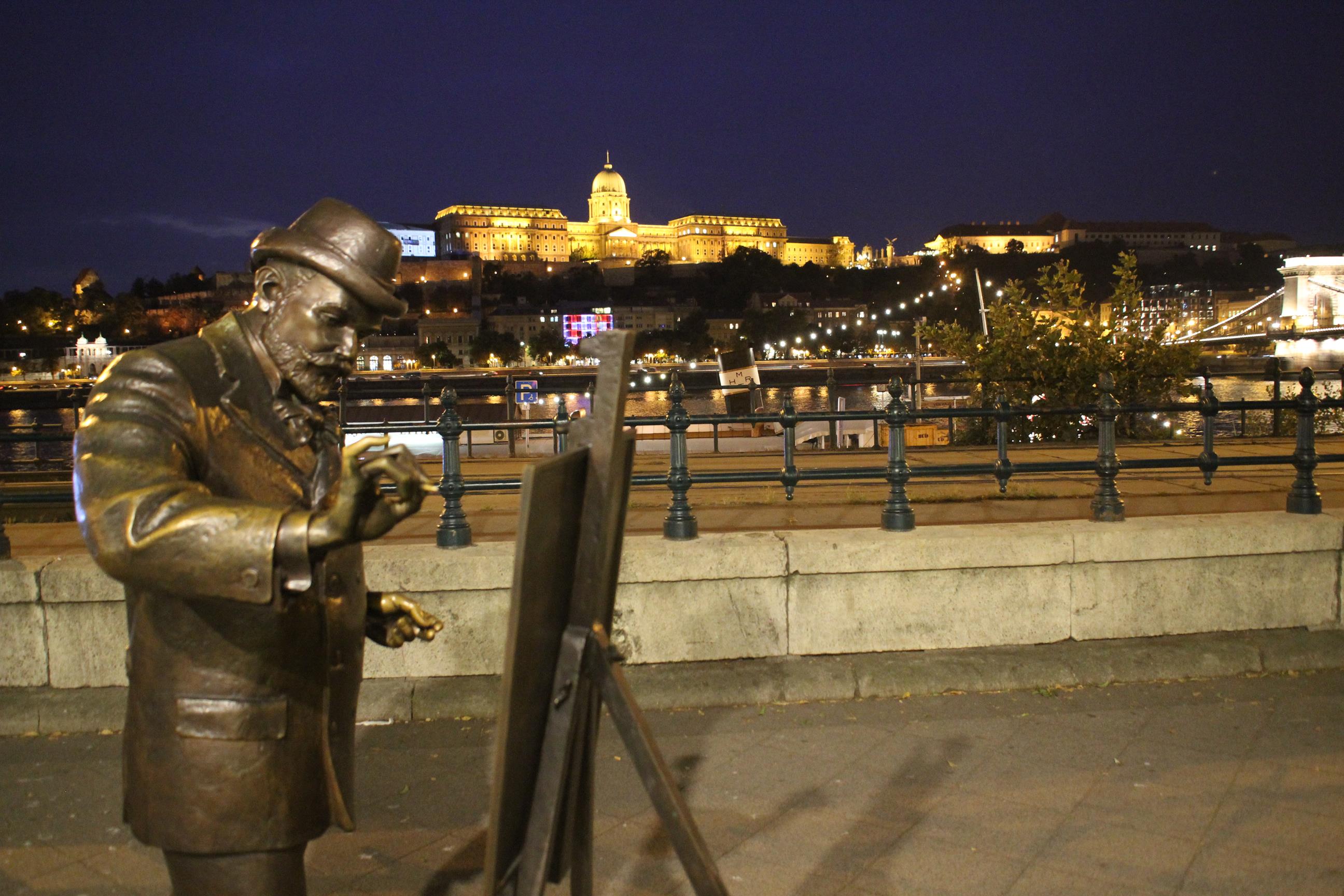
The memorial in memory of the German occupation

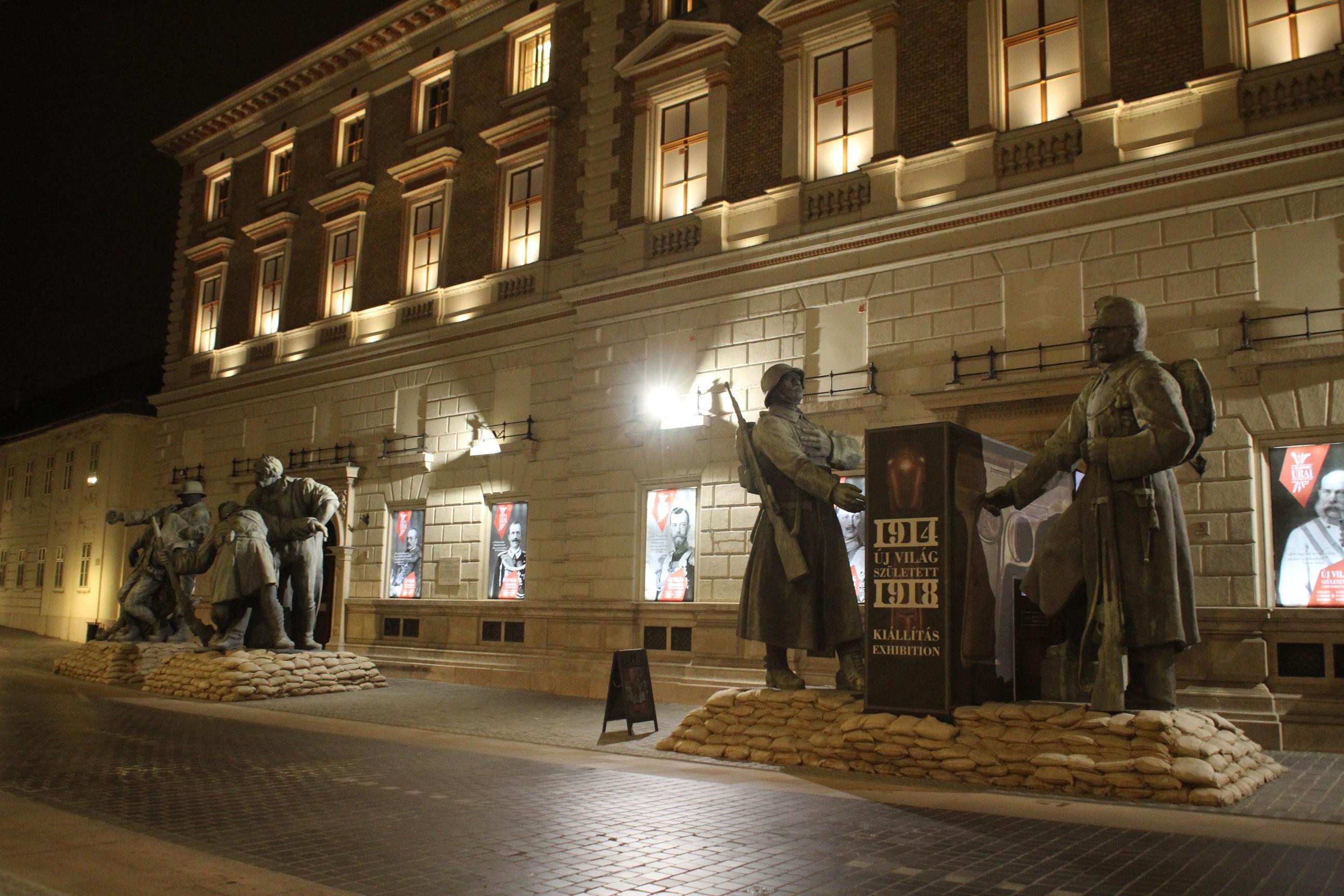
If you want to relax, take a trip to the Sziget-island, where every year in August, the famous Sziget Festival takes place. You will find nature and tranquility, a few music wells with water features and many opportunities to do sports. Not far from the island is the Lukács thermal bath, which we preferred to the more famous pedants. It is not as splendid (according to pictures) as the others, but we were almost the only tourists and there was little going on. The water is enriched with various ingredients, but no match to the volcanic springs in Papallacta. The stay was pleasant and recommendable anyway!
A musical fountain with water feature on Sziget Island
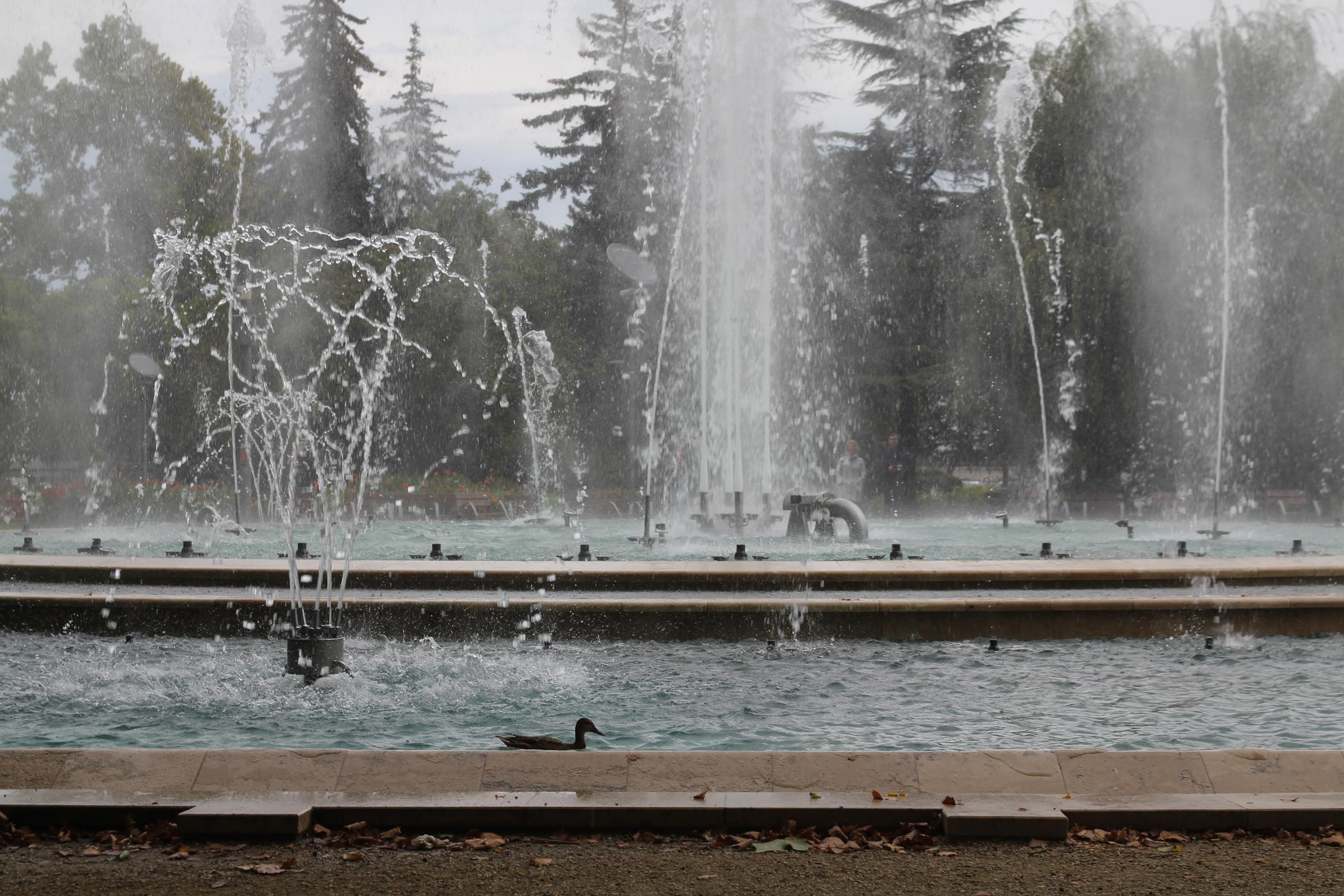
Trees and benches on the Danube Island
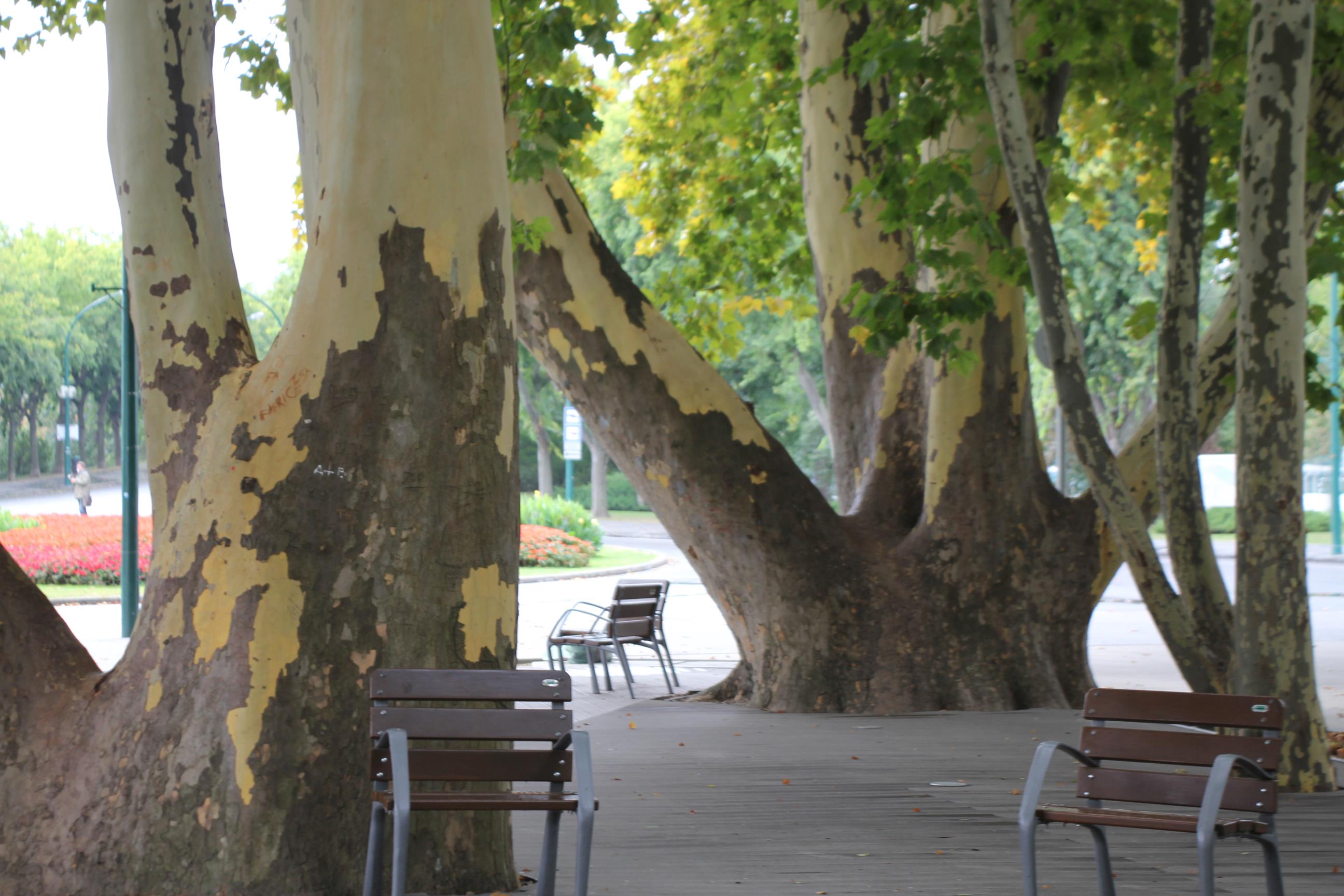
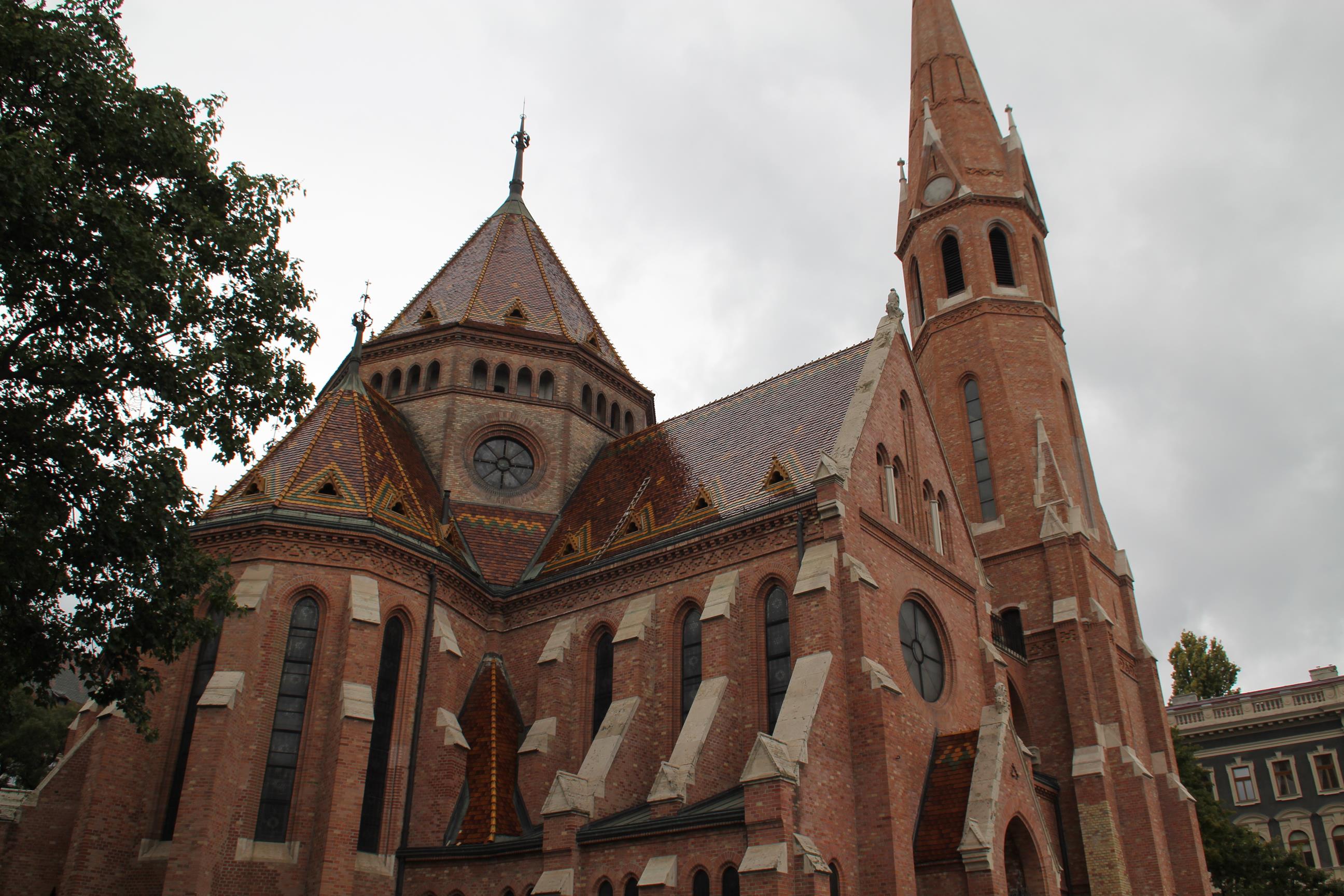
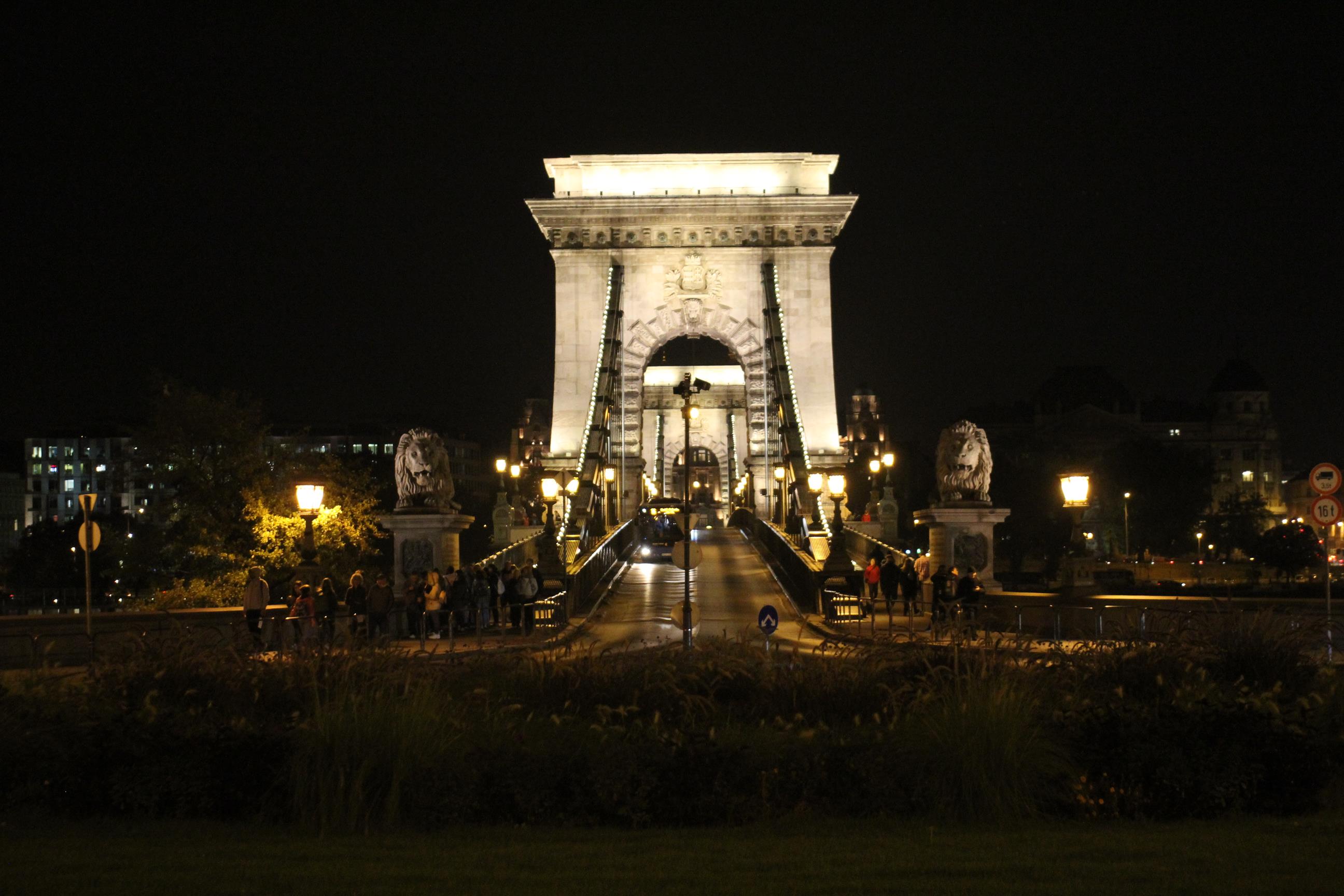
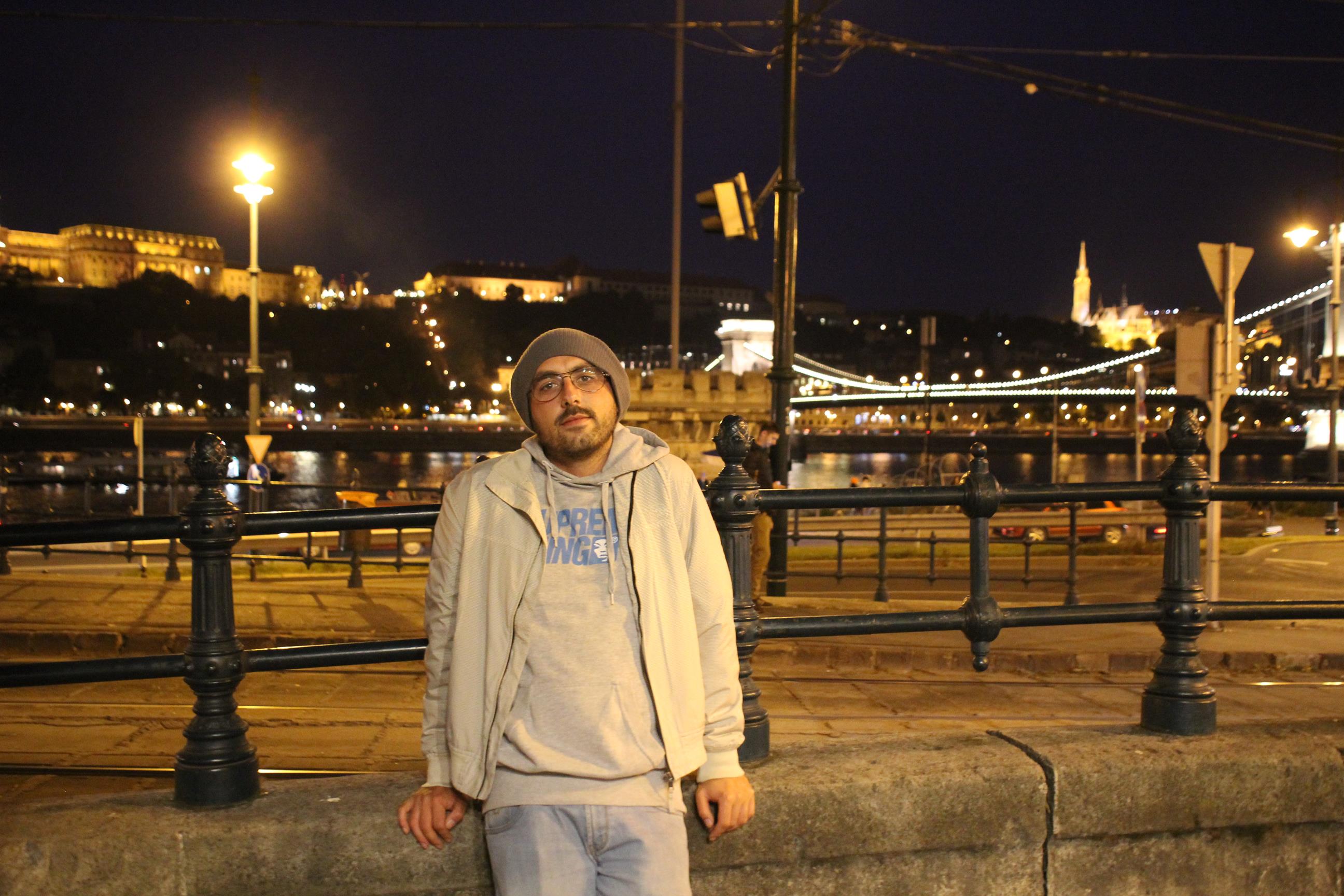
The prices
We paid almost 100 euros for three nights in an unspectacular hotel in the city center, but had a room with two rooms (sooo much space) and an integrated bathroom. In my opinion, the pricing is justified. While having dinner I noticed that (at least in the tourist zone) the Hungarians try to squeeze every penny from the customers. The coffee and the food are still not expensive, but the drinks in comparison are. Also small things are generally charged extra. In my eyes, this destroys the overall impression I had of the city.
The market hall offers…
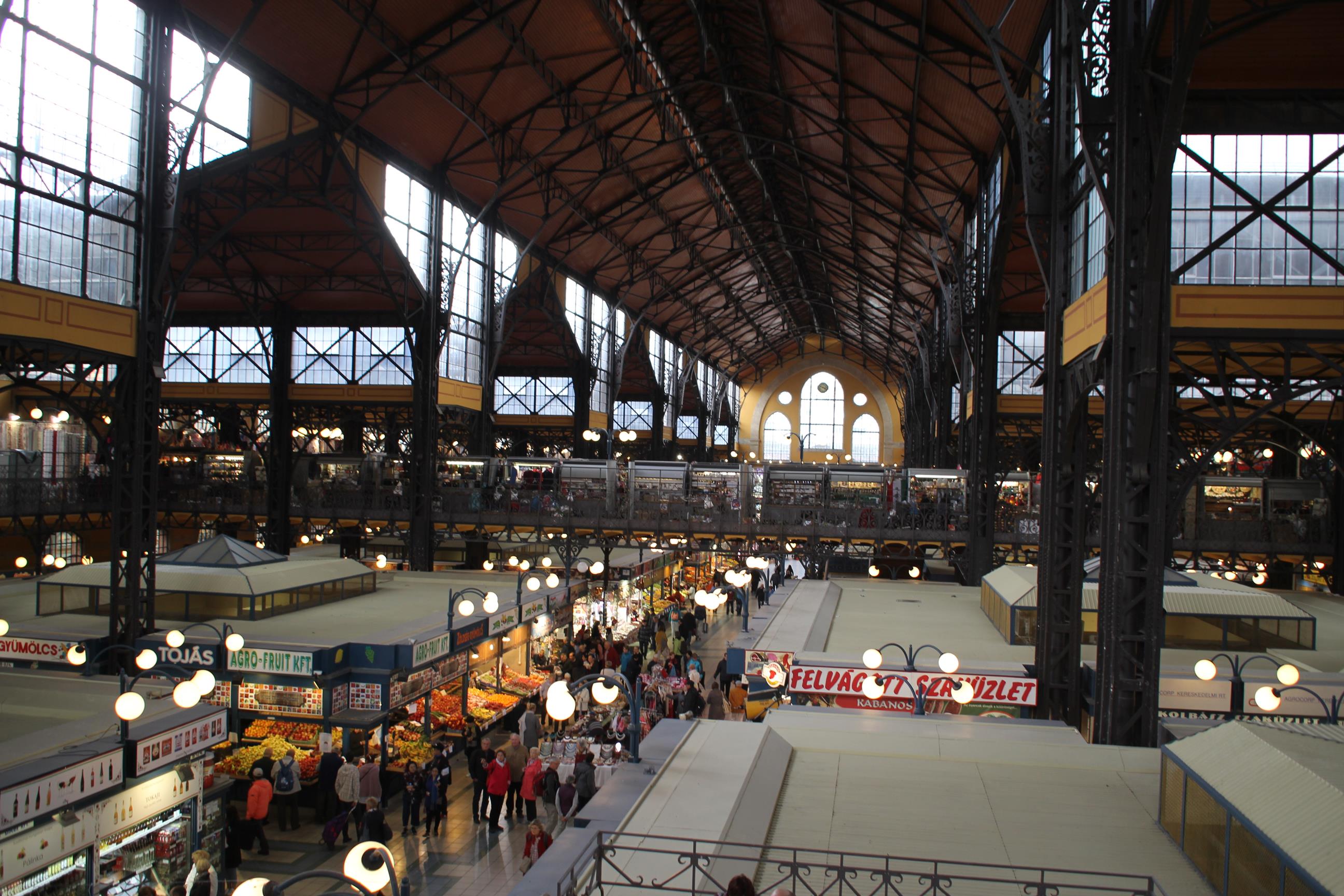
…typical Hungarian things…
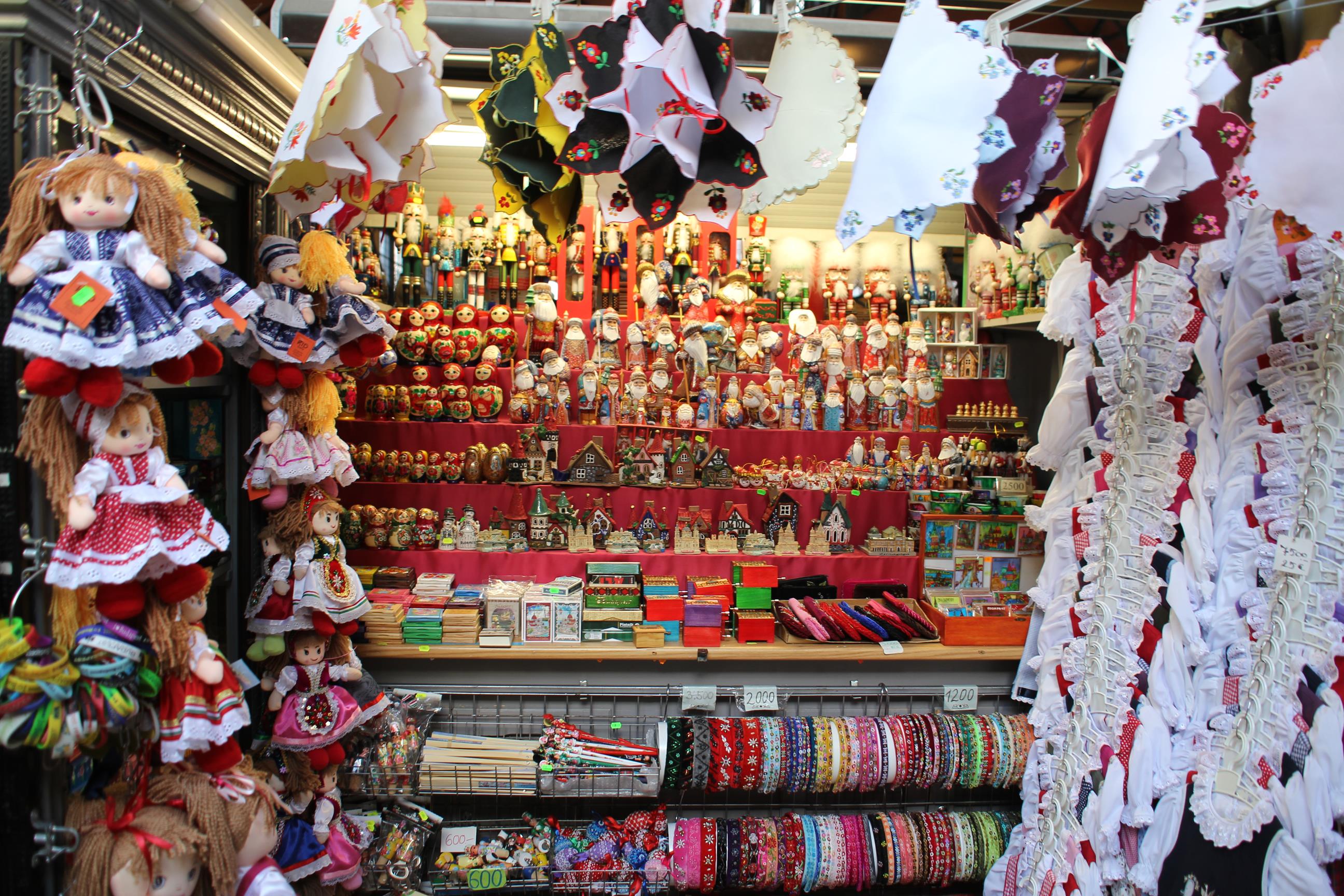
…like these bouquets…
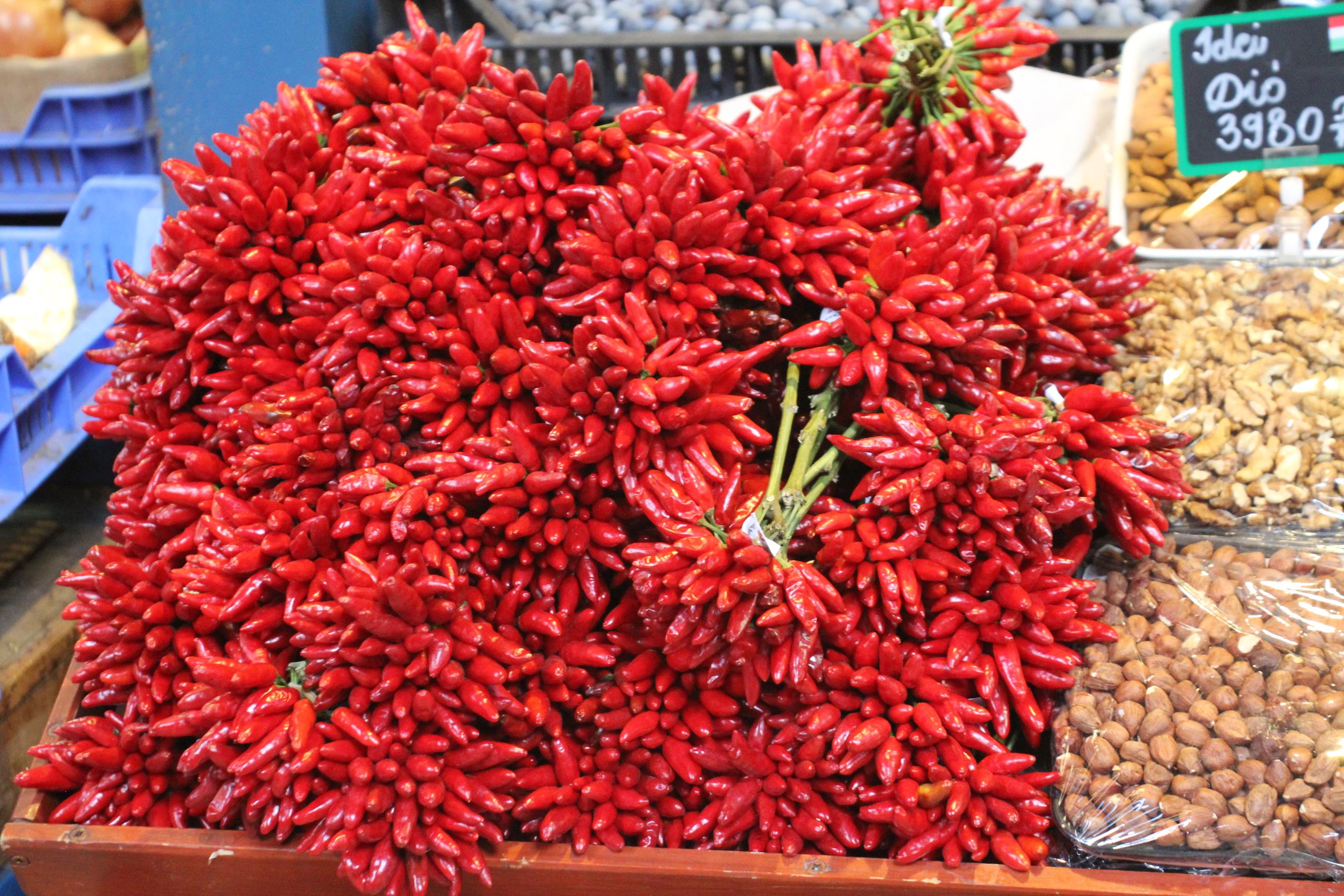
…or like these.
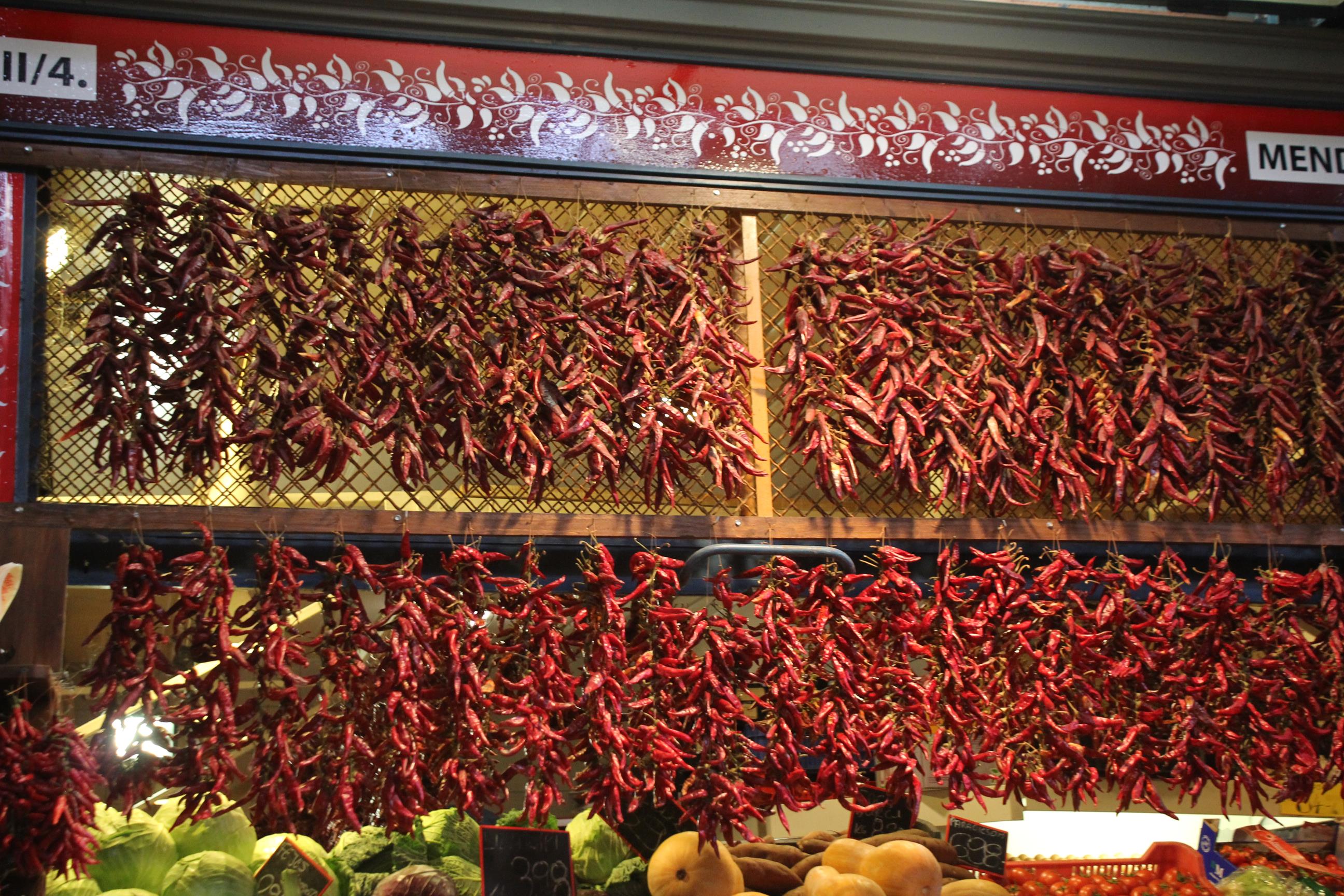
But, there is also cake.
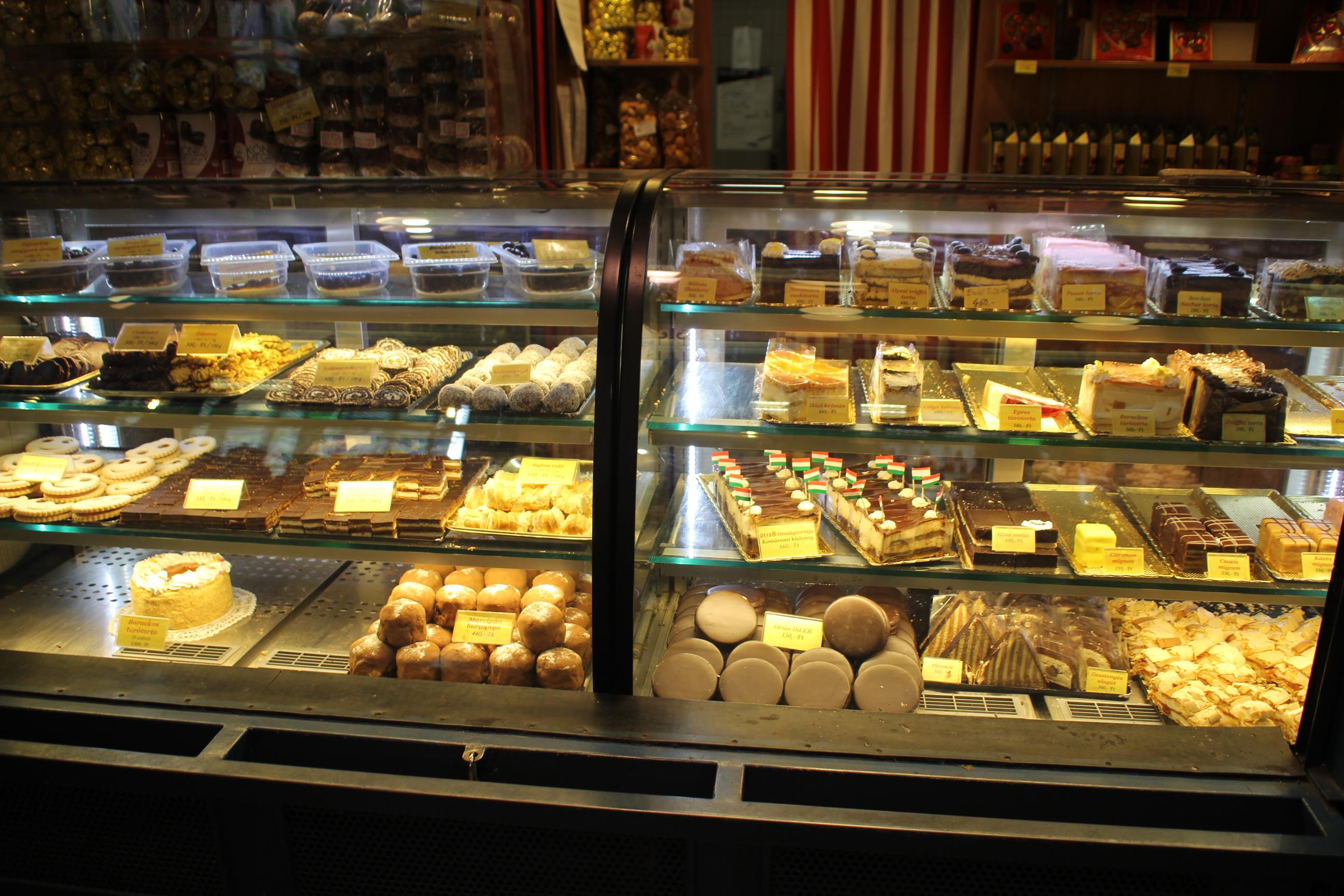
In Hungary, a tip in the range of 10-13 percent is normal, on some bills, however, you can find 20-25 percent, that the menu does not mention. But, we have also experienced the exact opposite, when we had no suitable money and only had to pay as much as we could. To eat dinner in a restaurant was about 20-30 euros, as we spent most of the time in the old town and probably at at more expensive stores. The entrance fees to the individual attractions was usually between three and ten euros.
In general, we had nice days in Hungary and will travel the country on occasion for a longer period. I especially enjoyed the Hungarian people and the food, that, while a little greasy, tastes delicious. In addition, the bus ride to Budapest gave us some impressions of the landscape and some cities, that definitely looked interesting. Incidentally, we flew to Spain – Vinaros, for the second time.
Tes with the parliament in the background
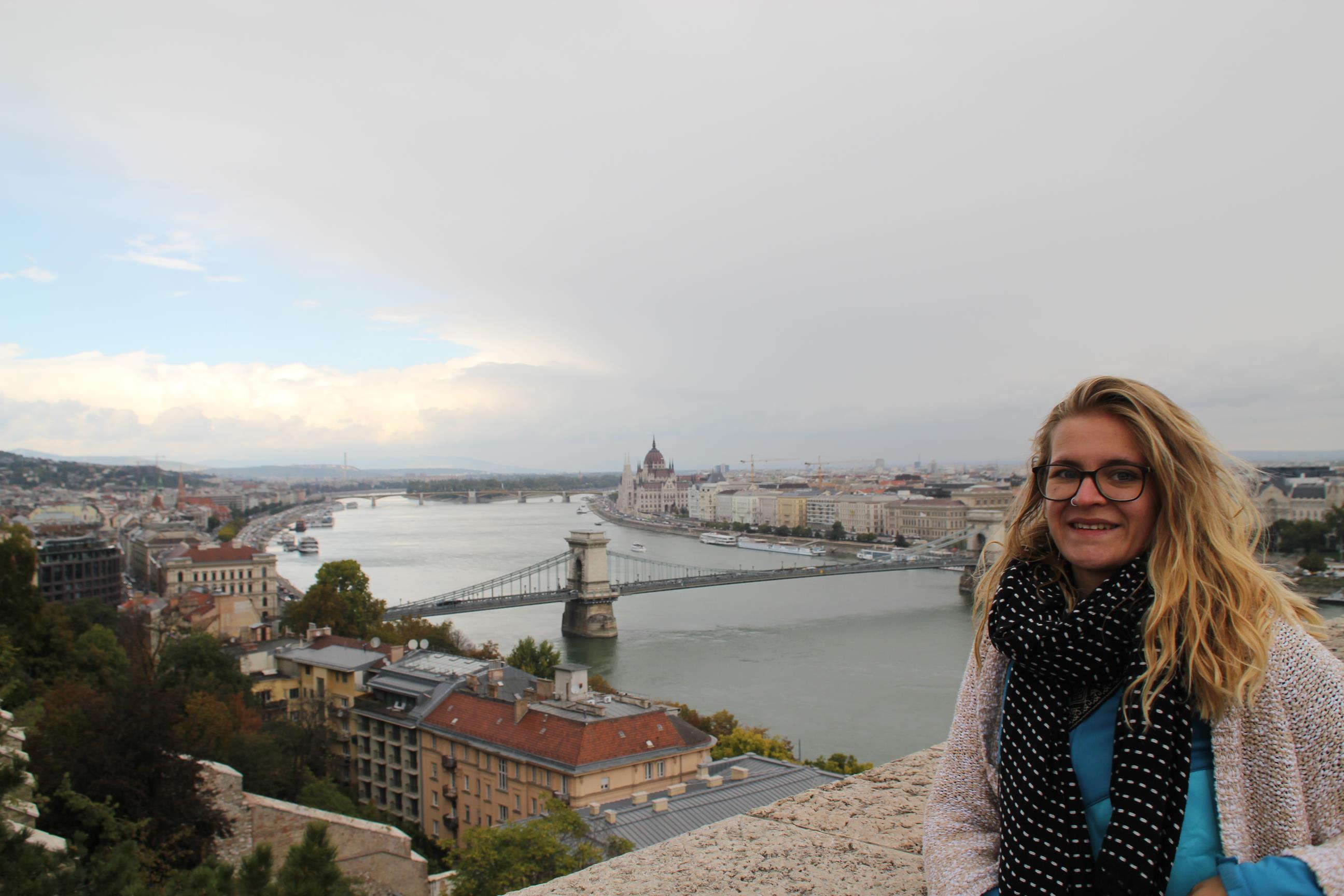
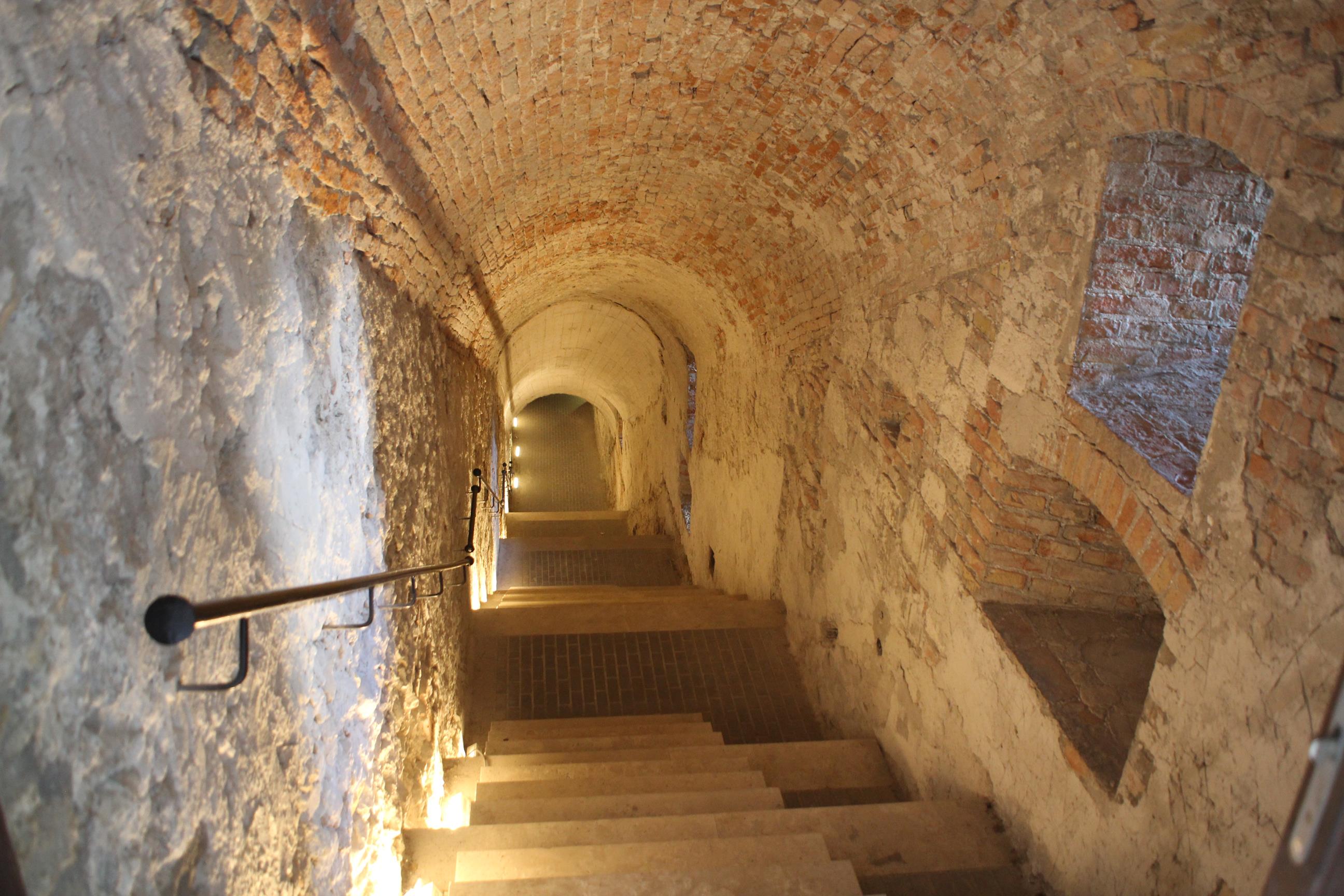
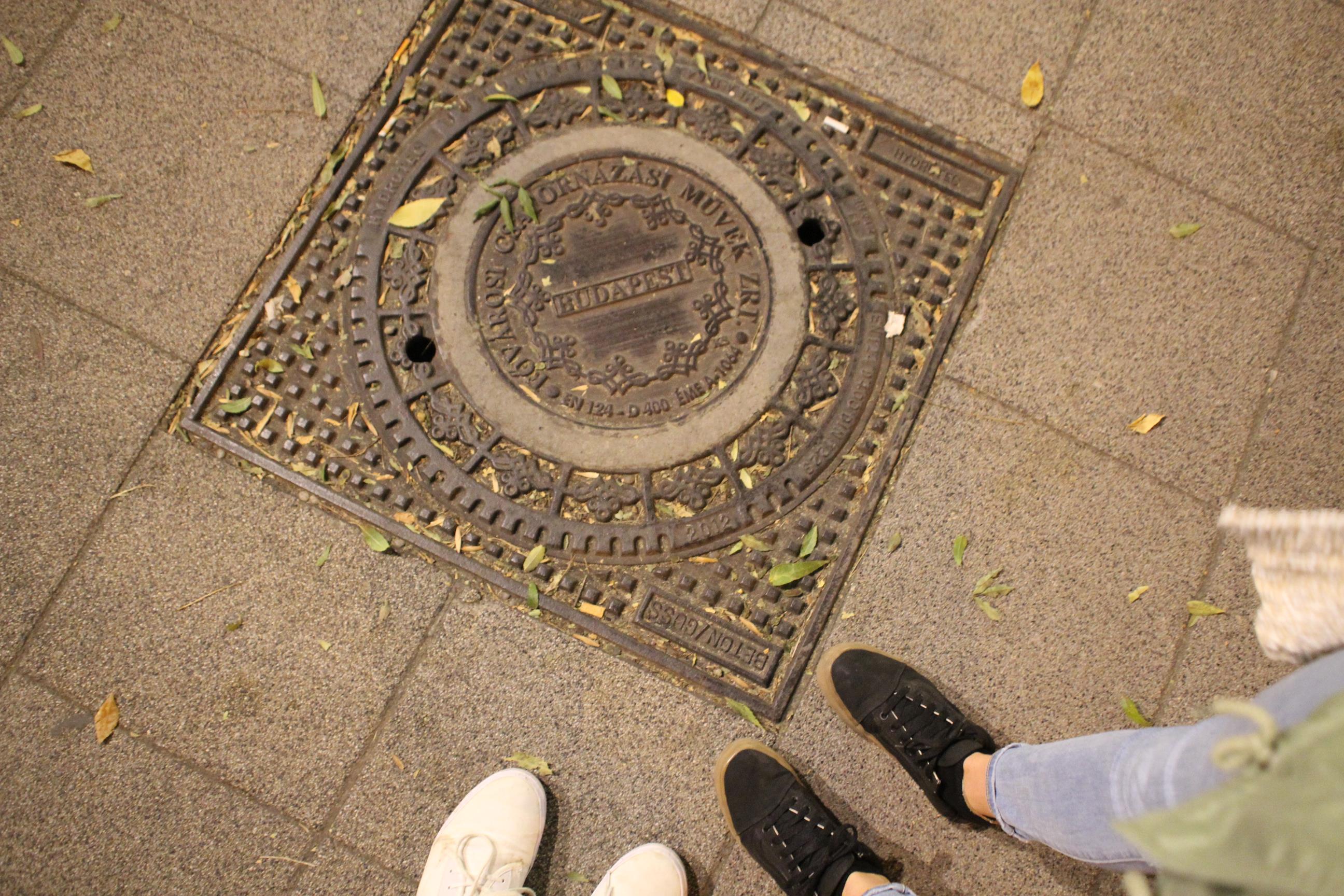
C-L

